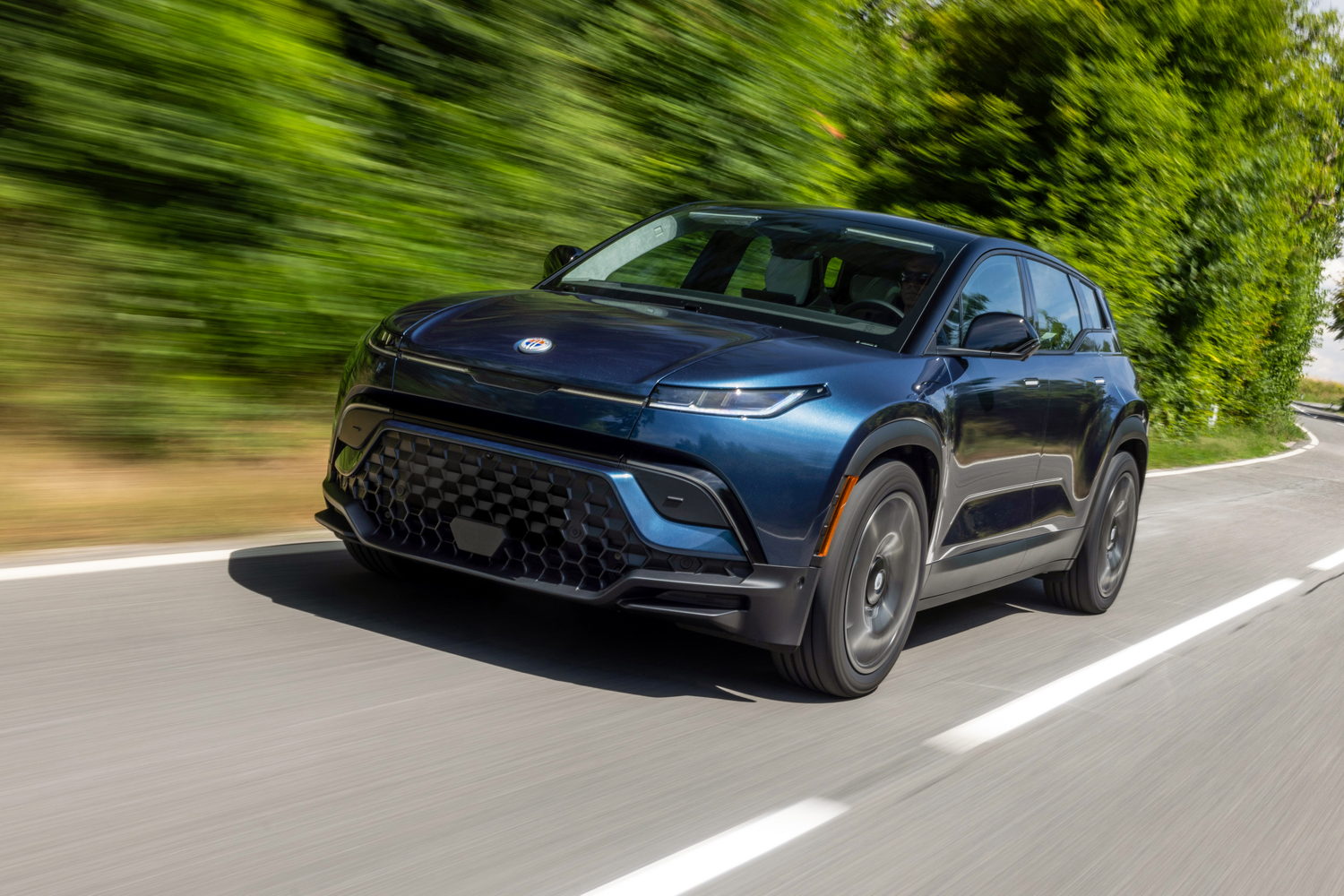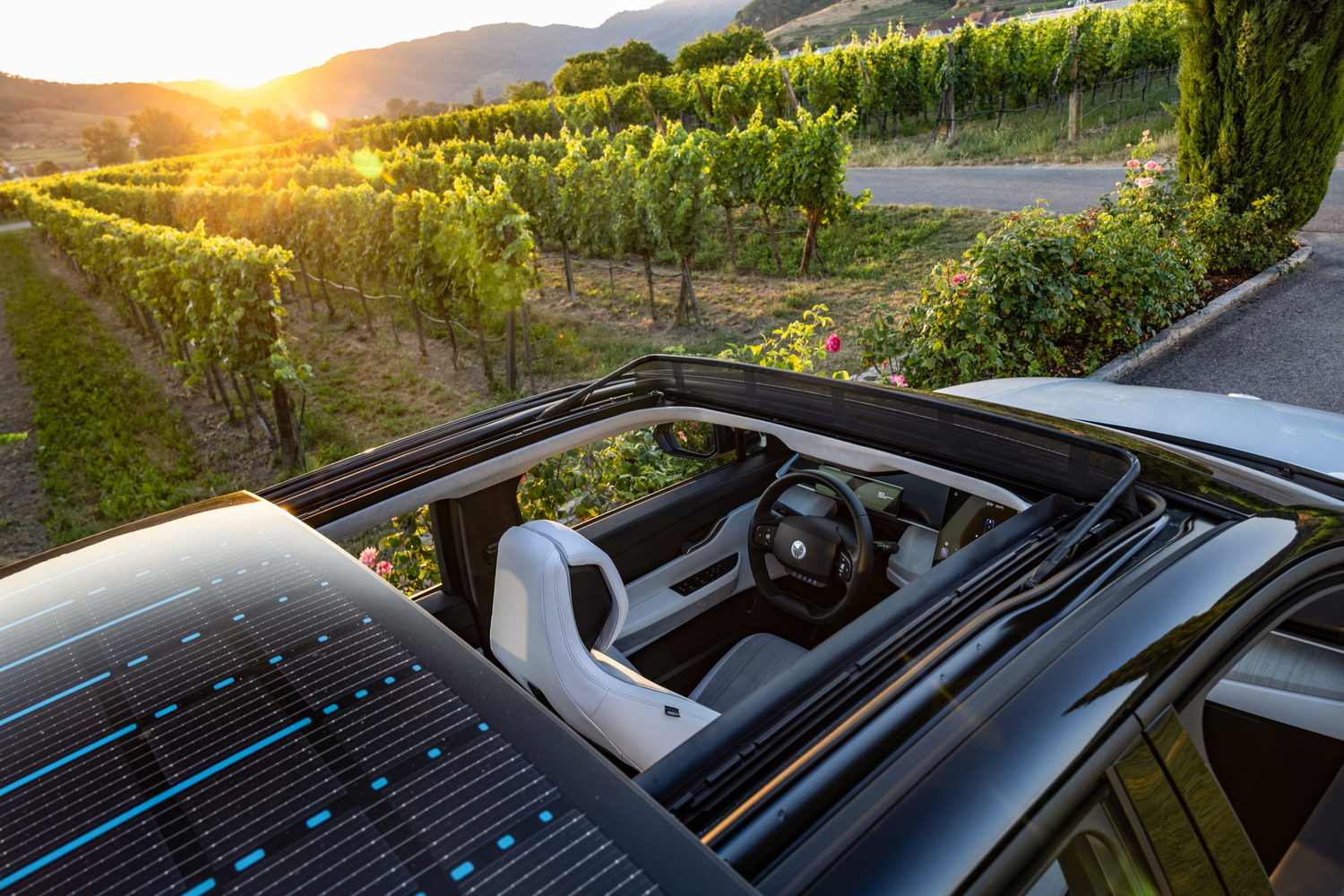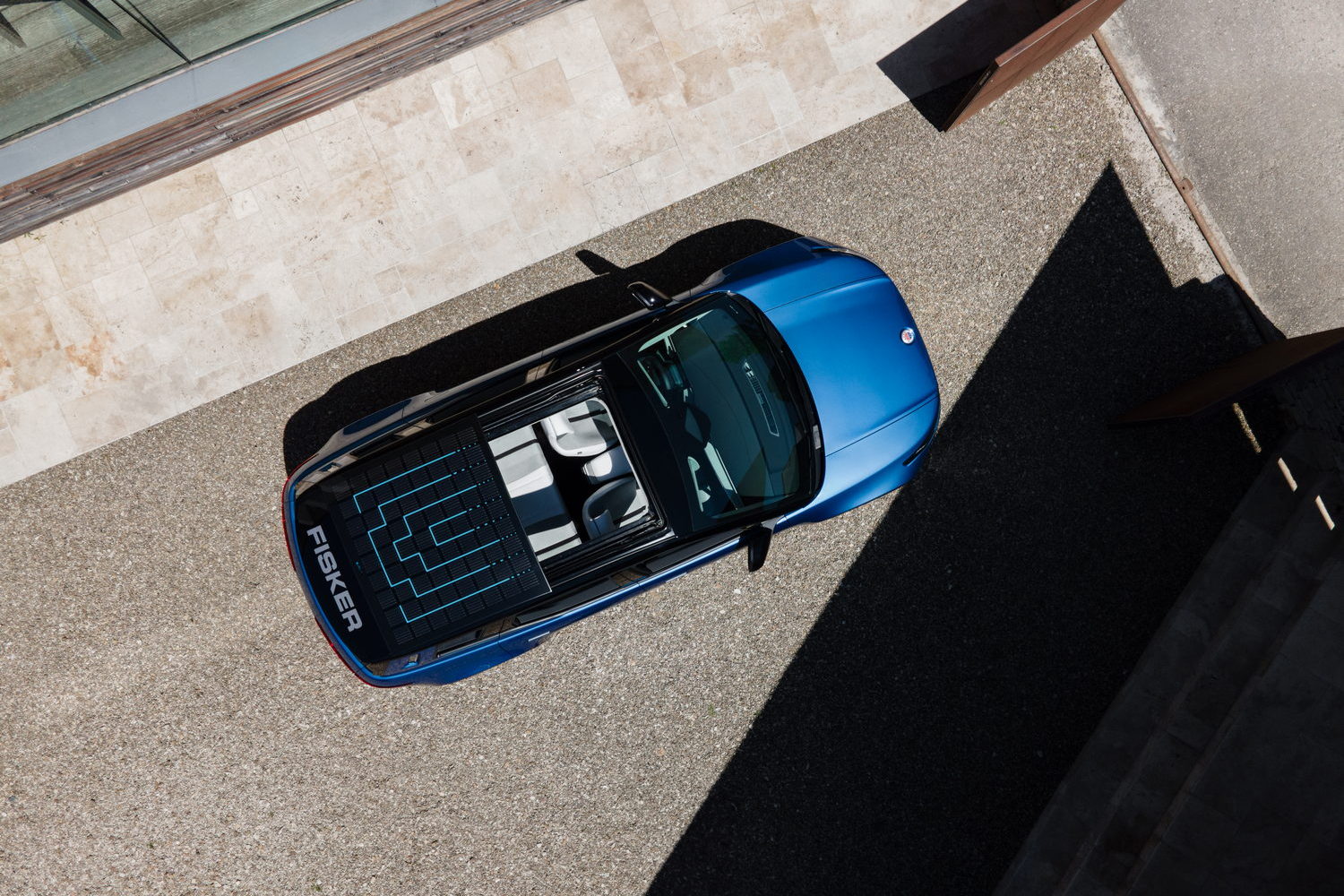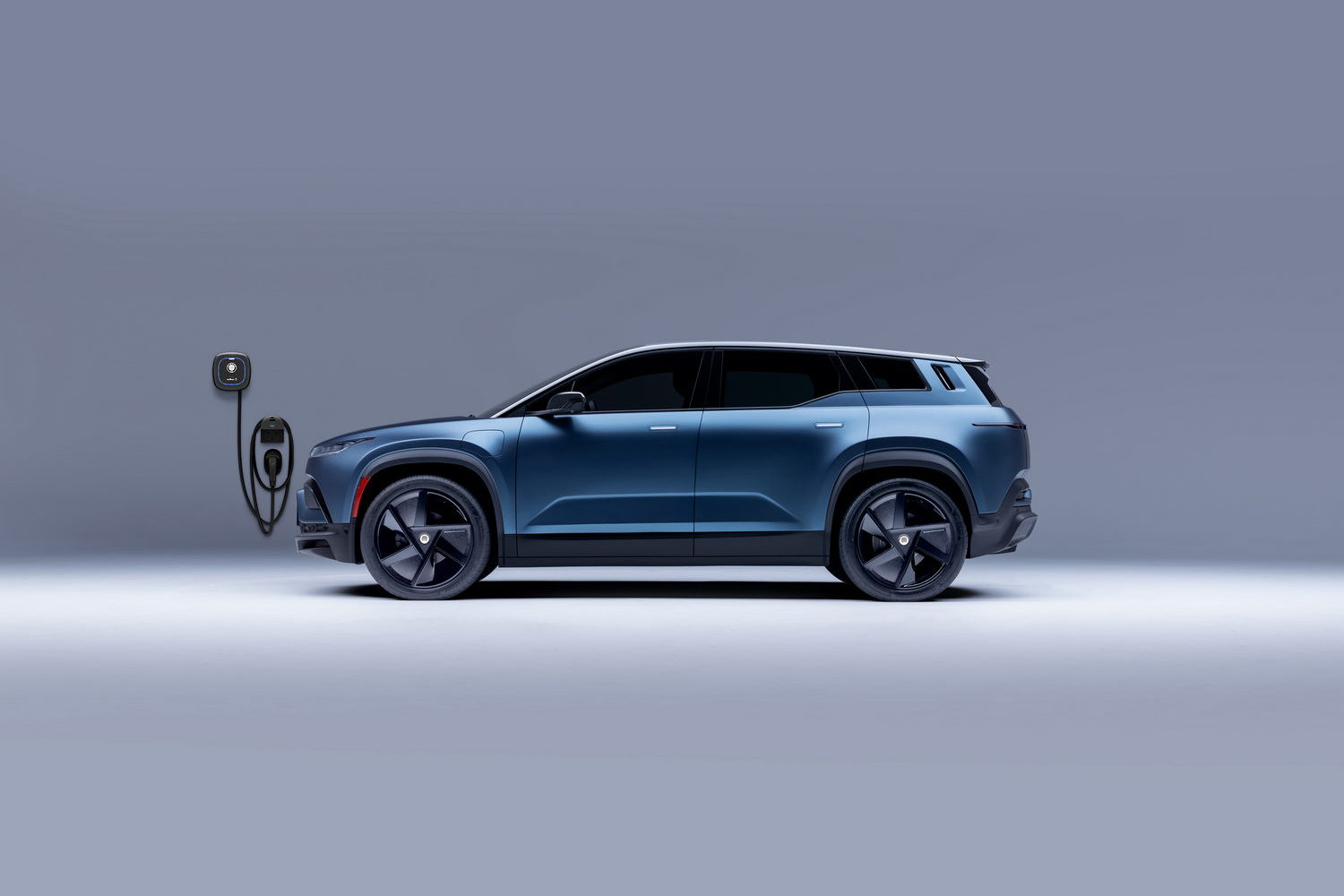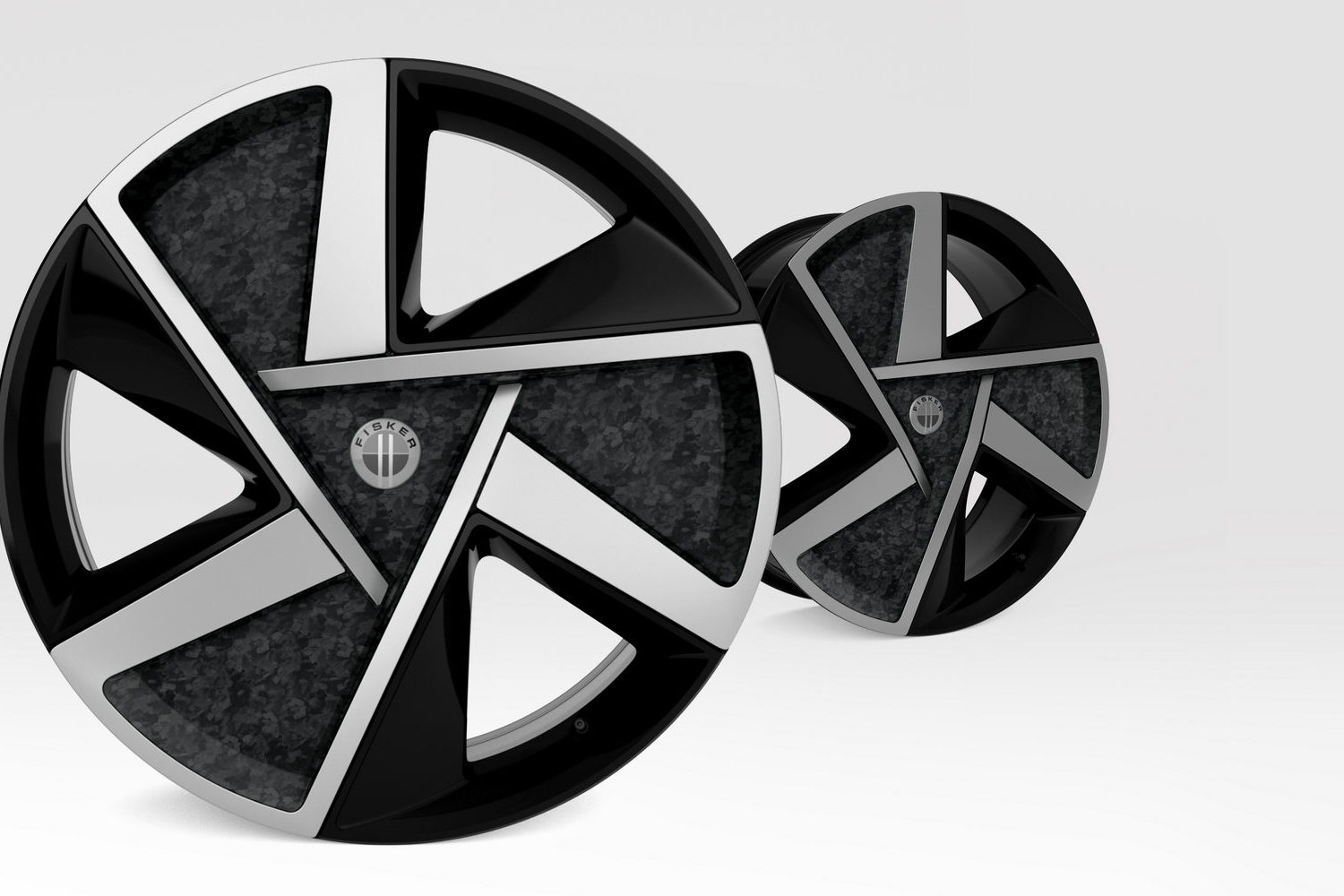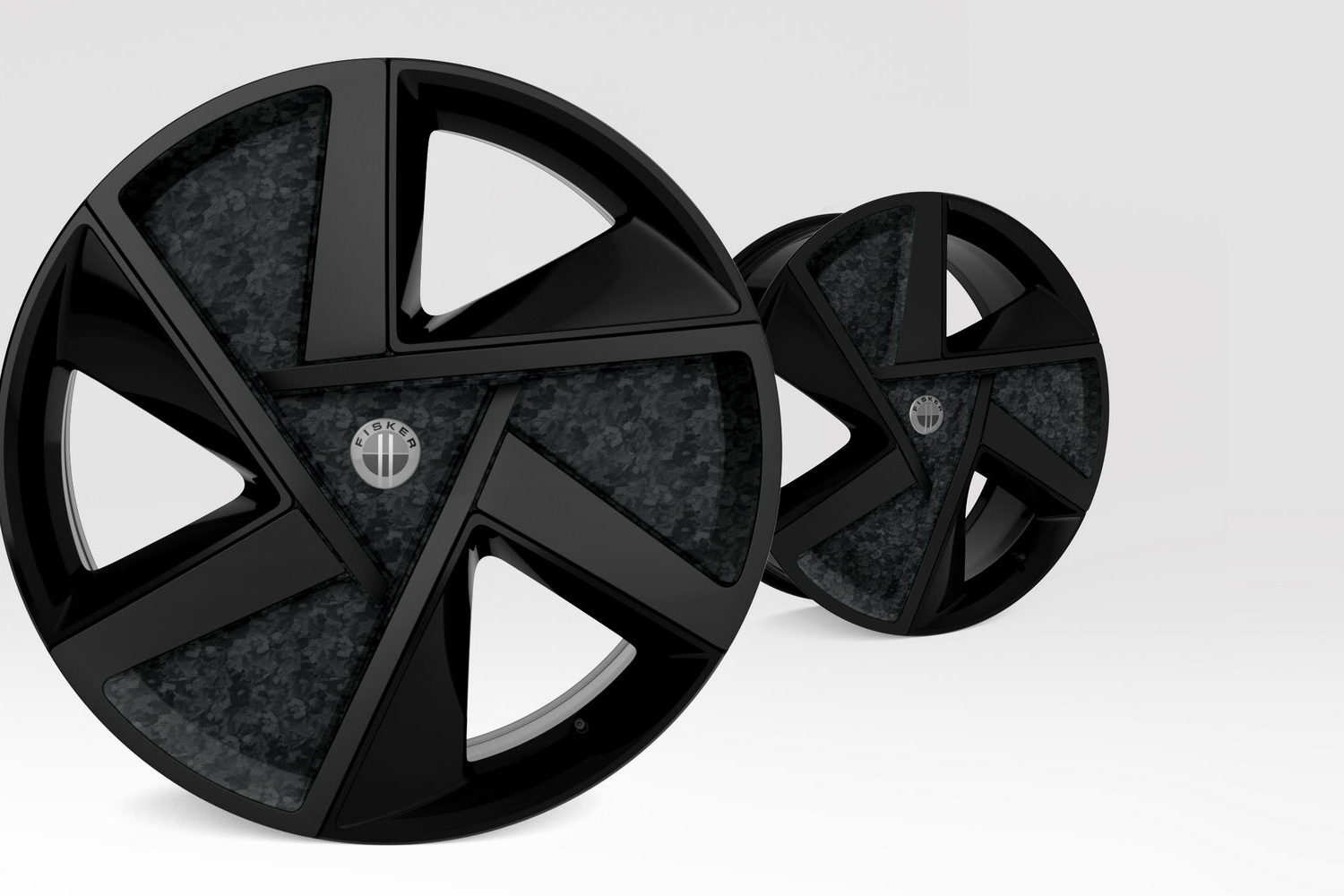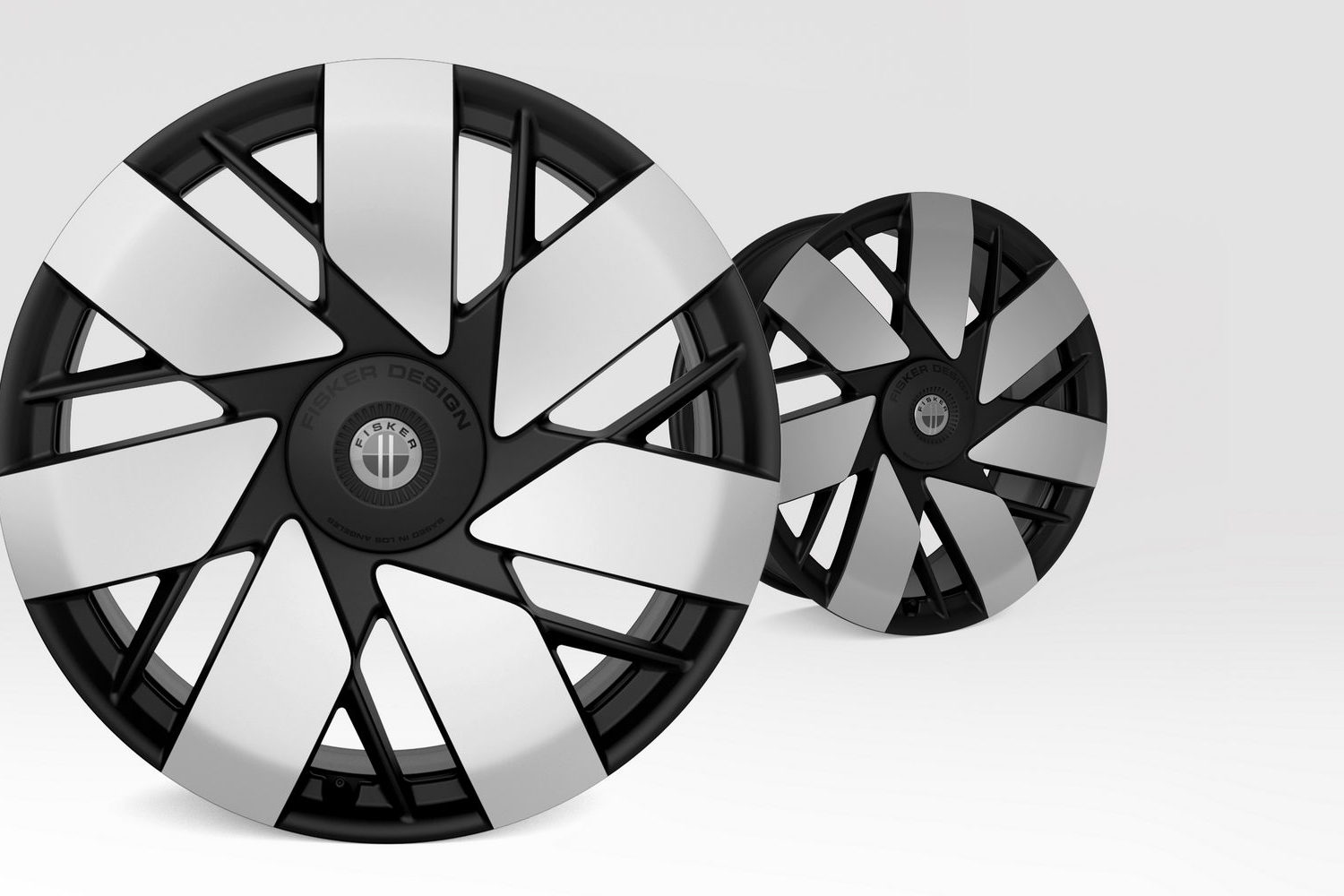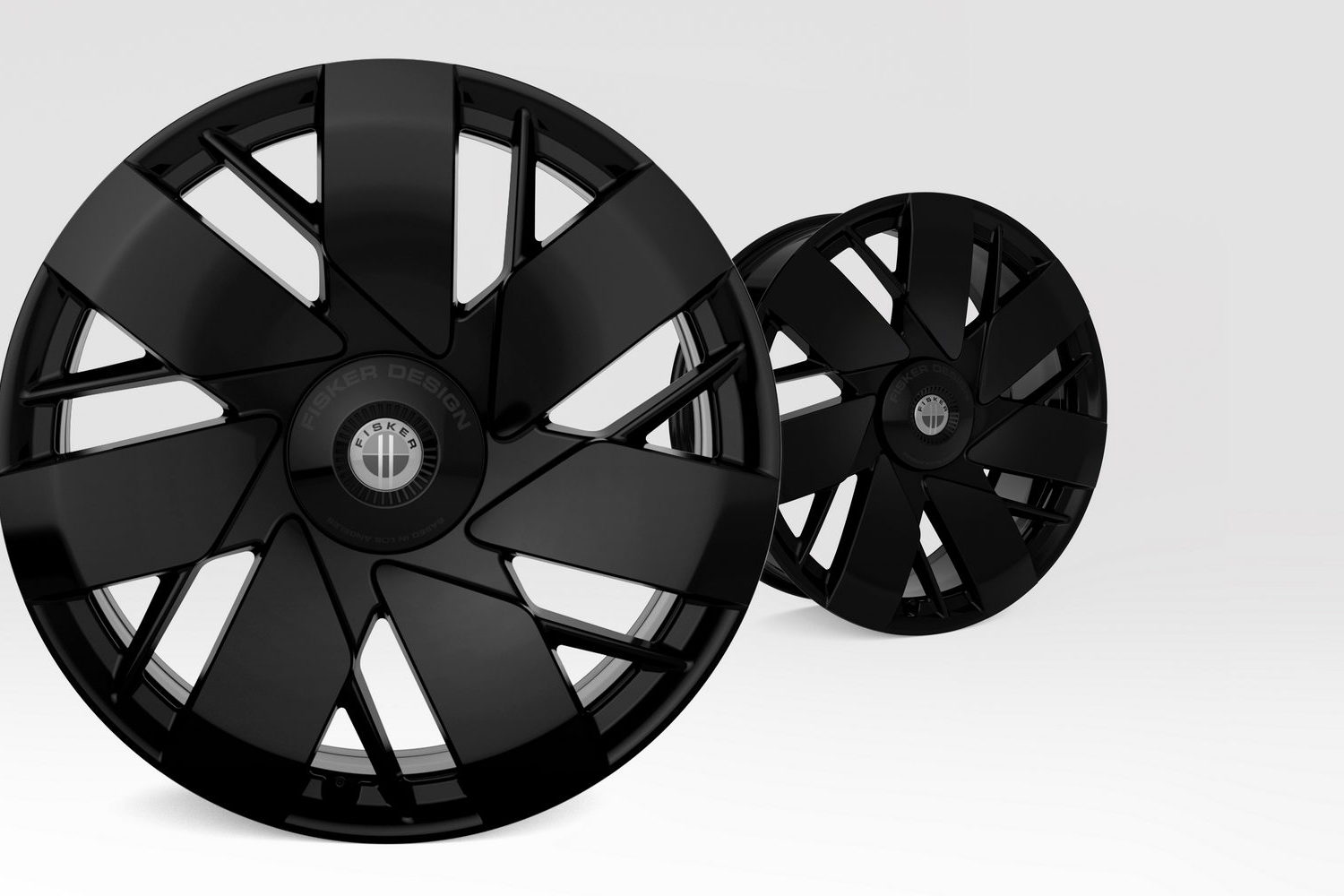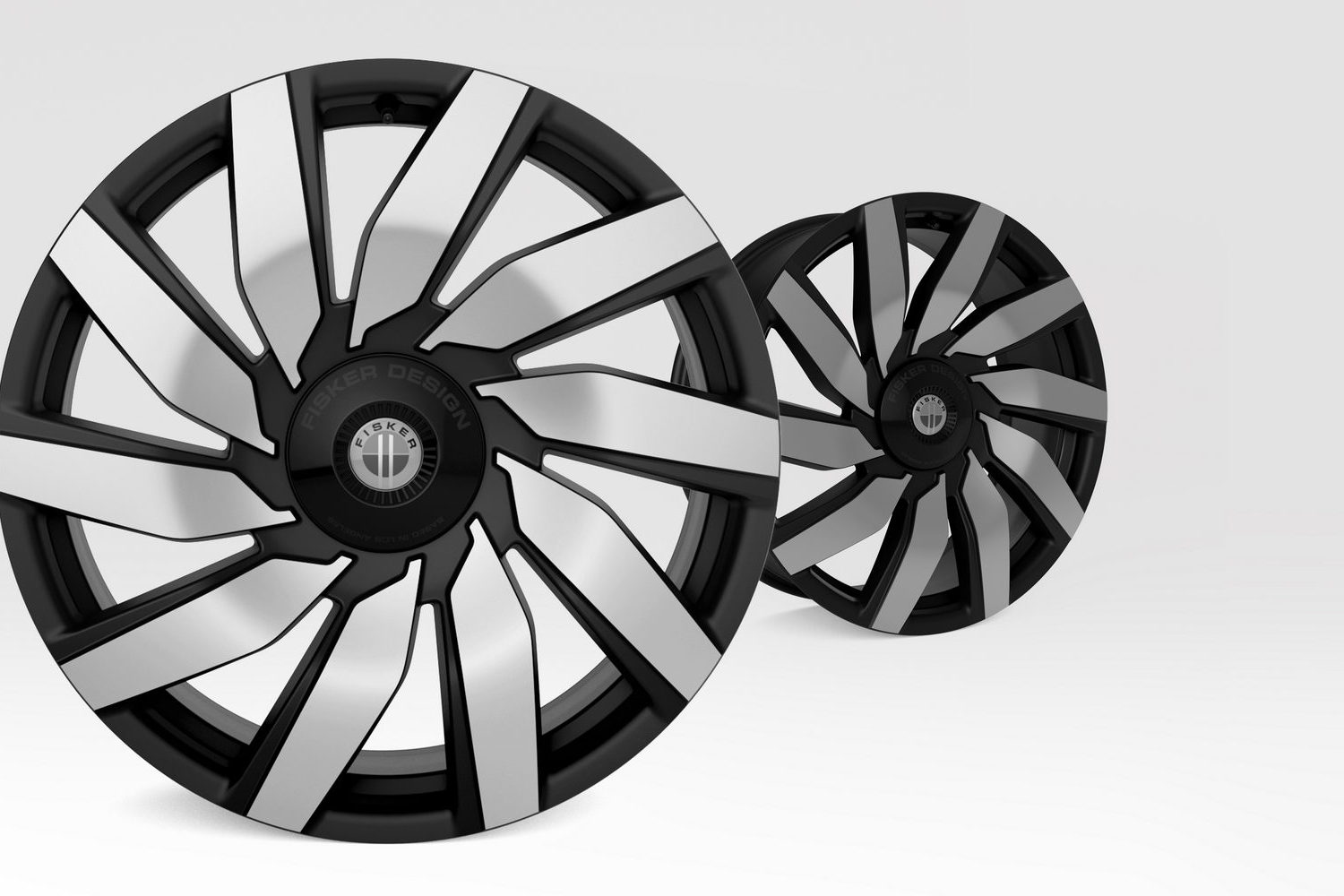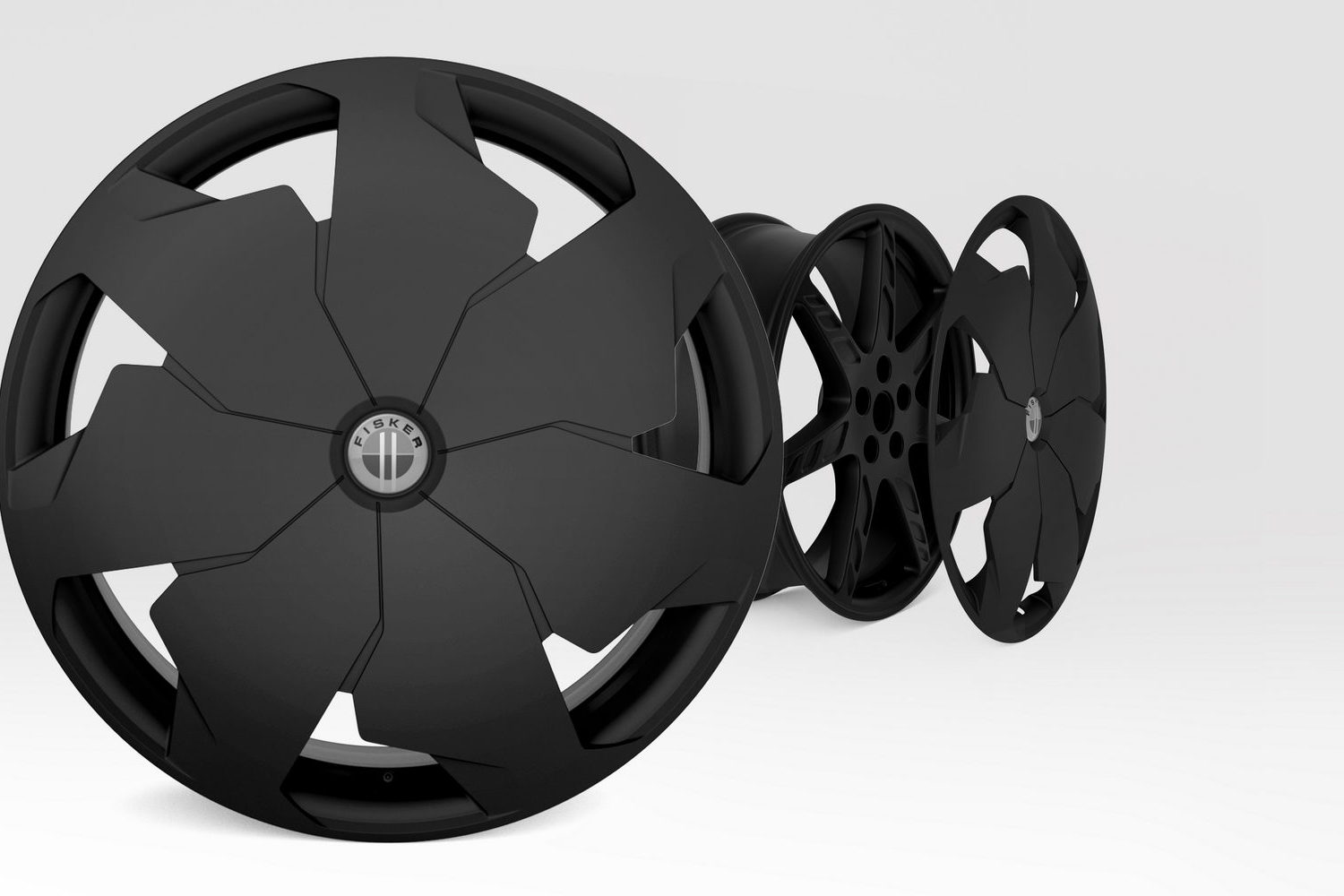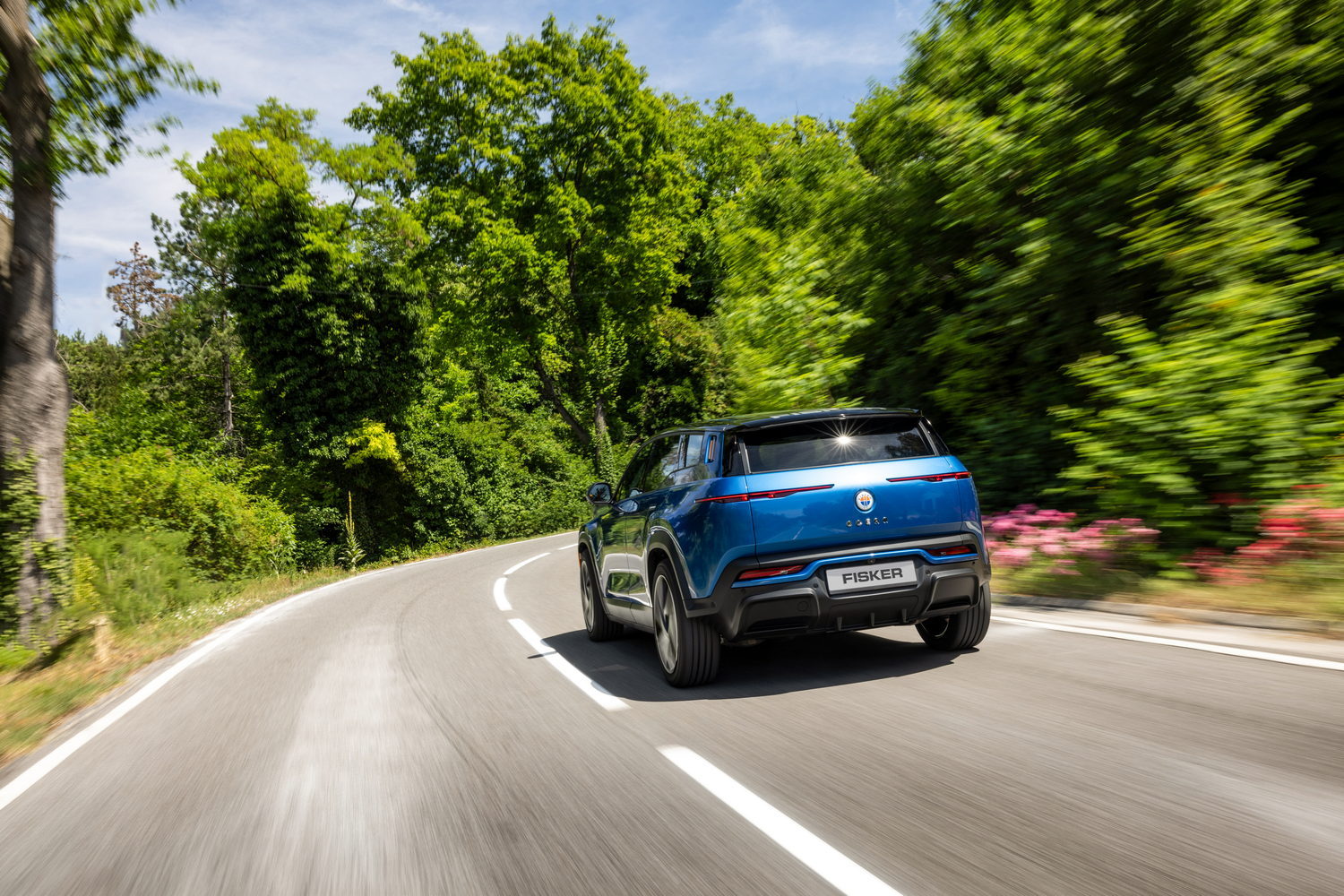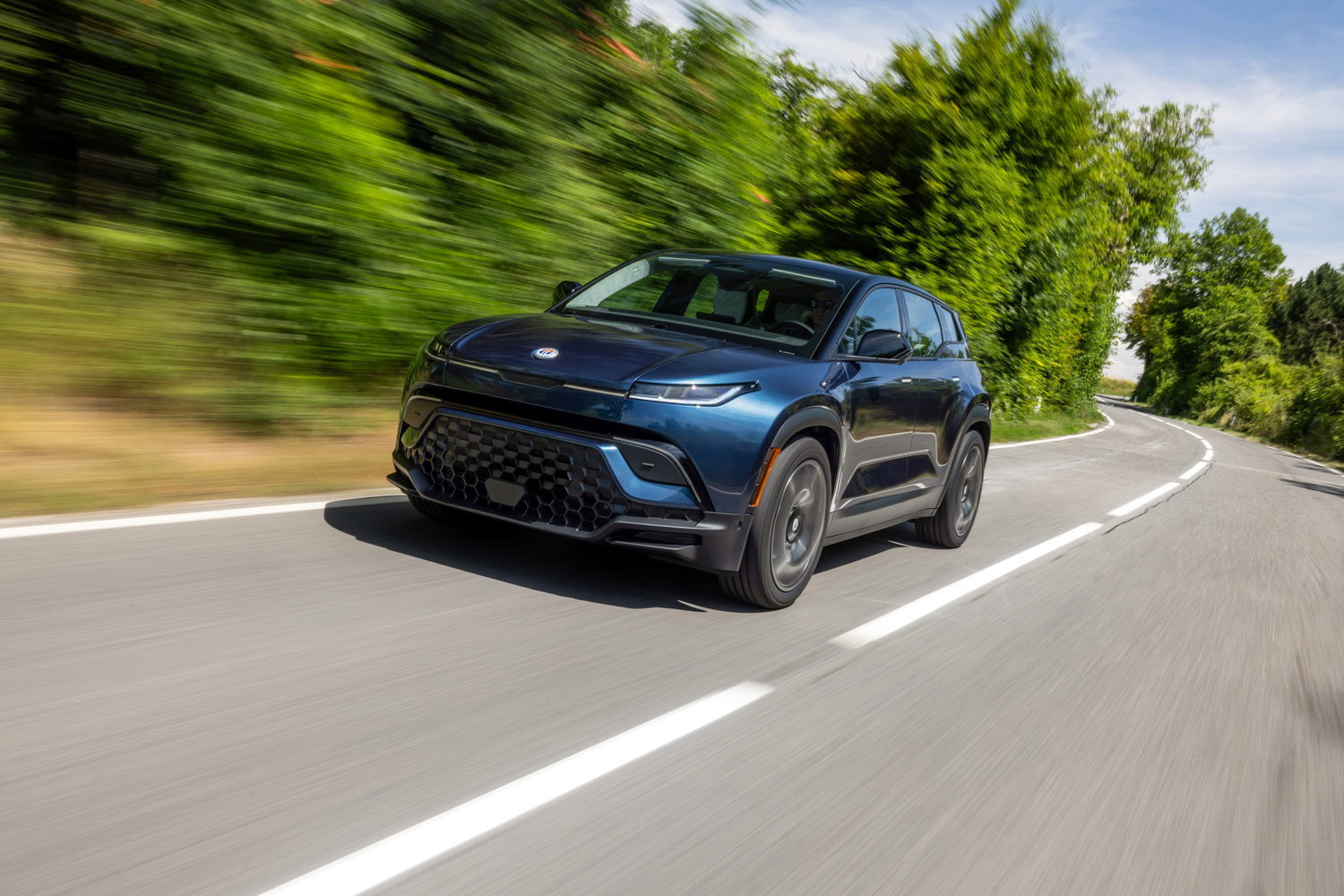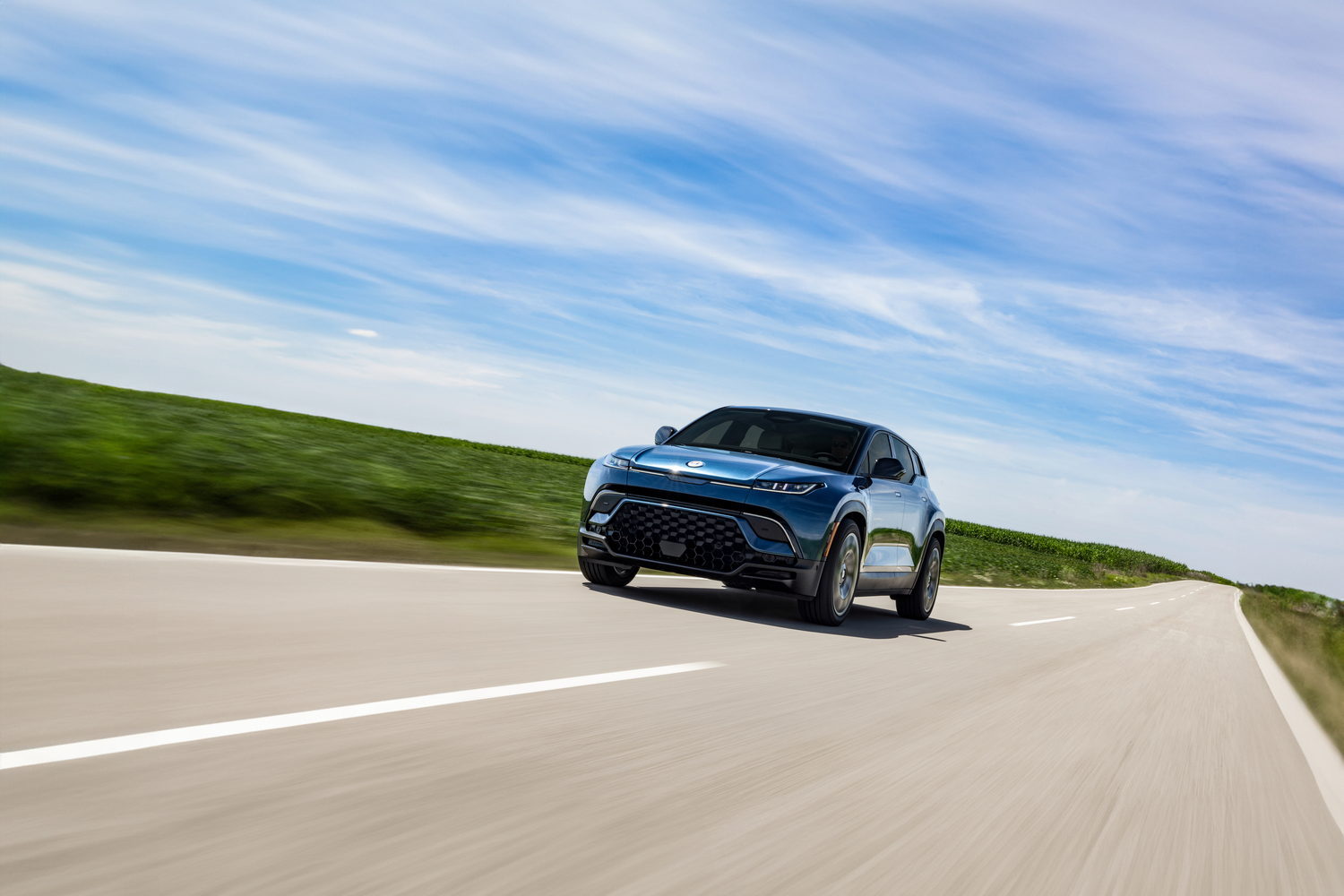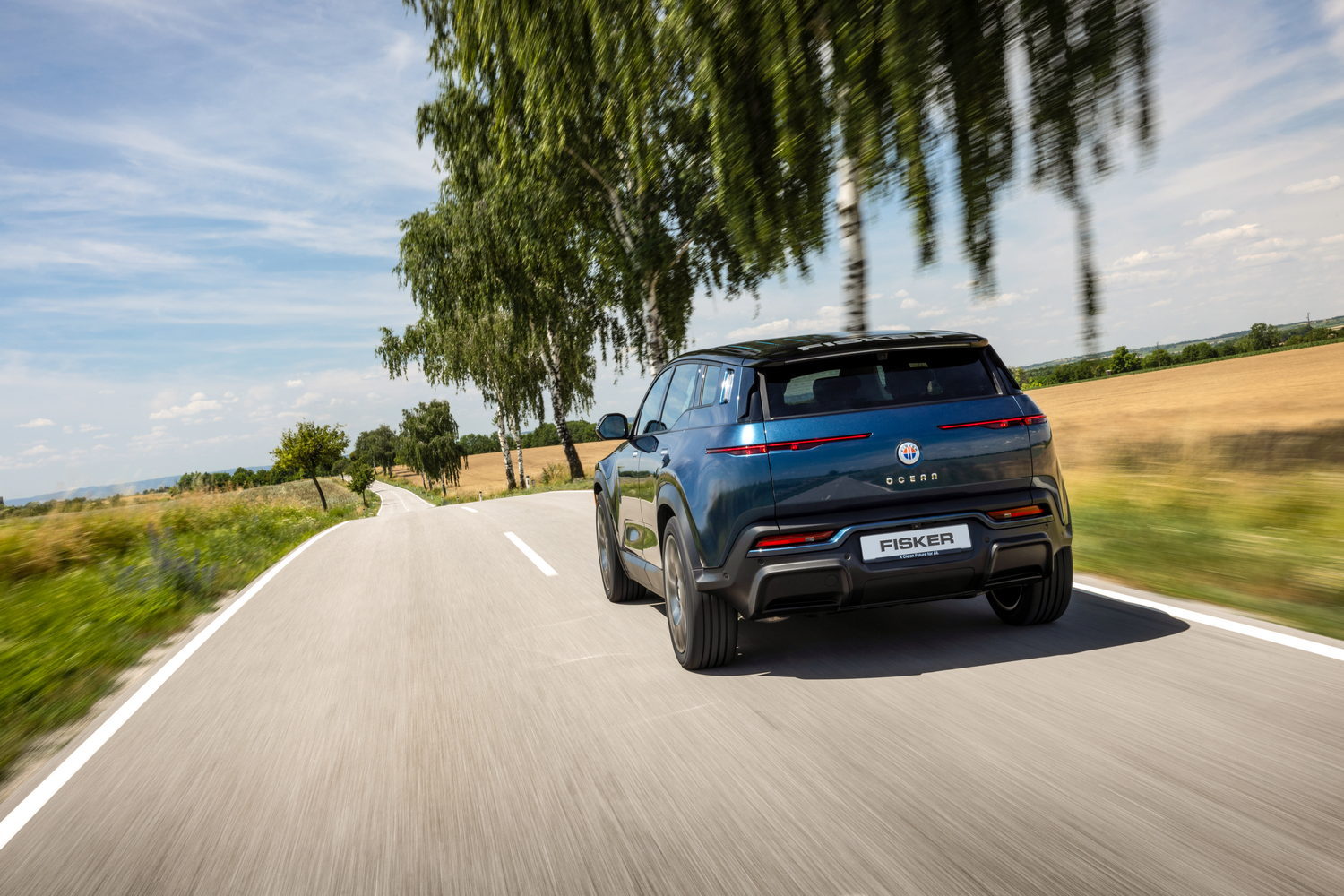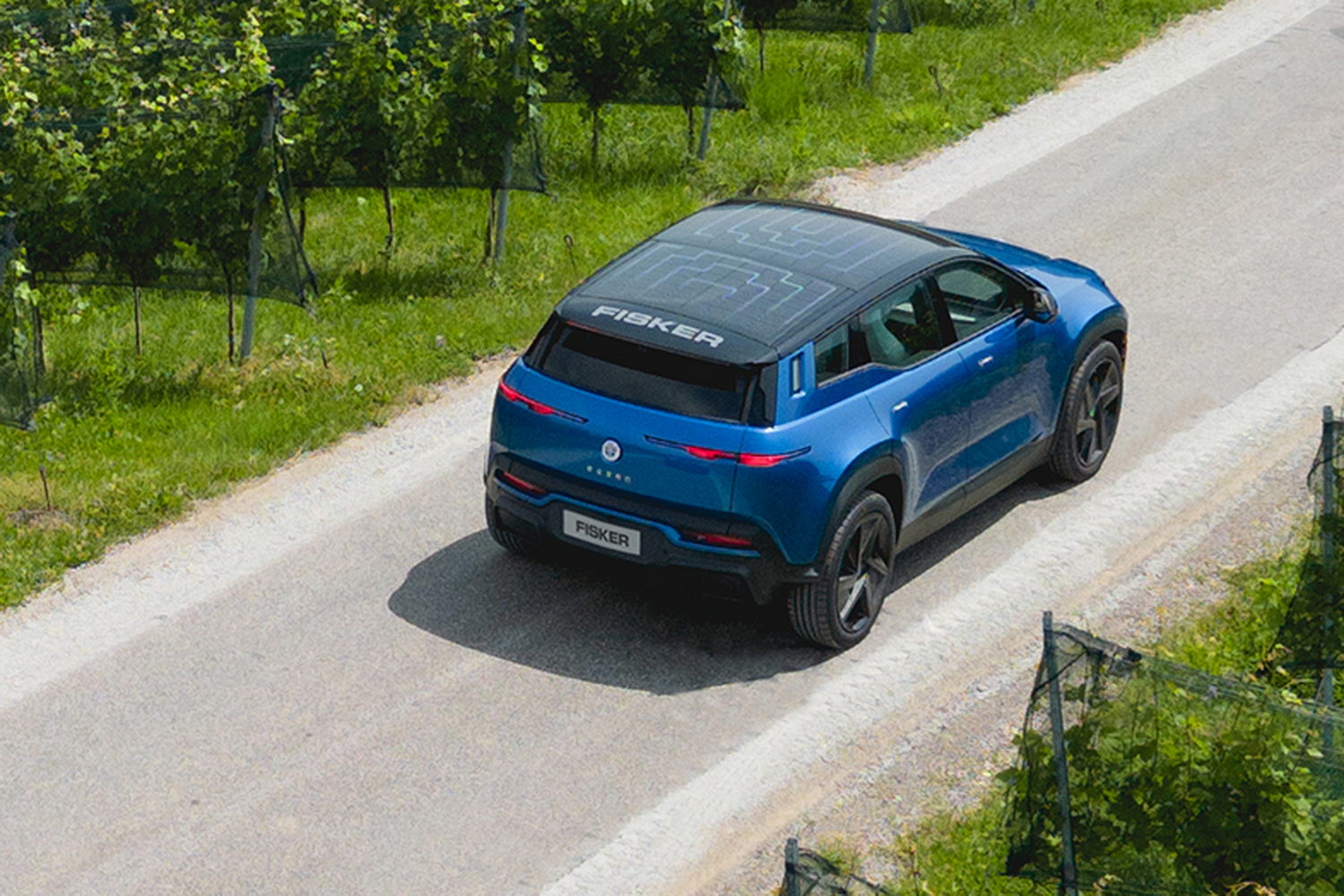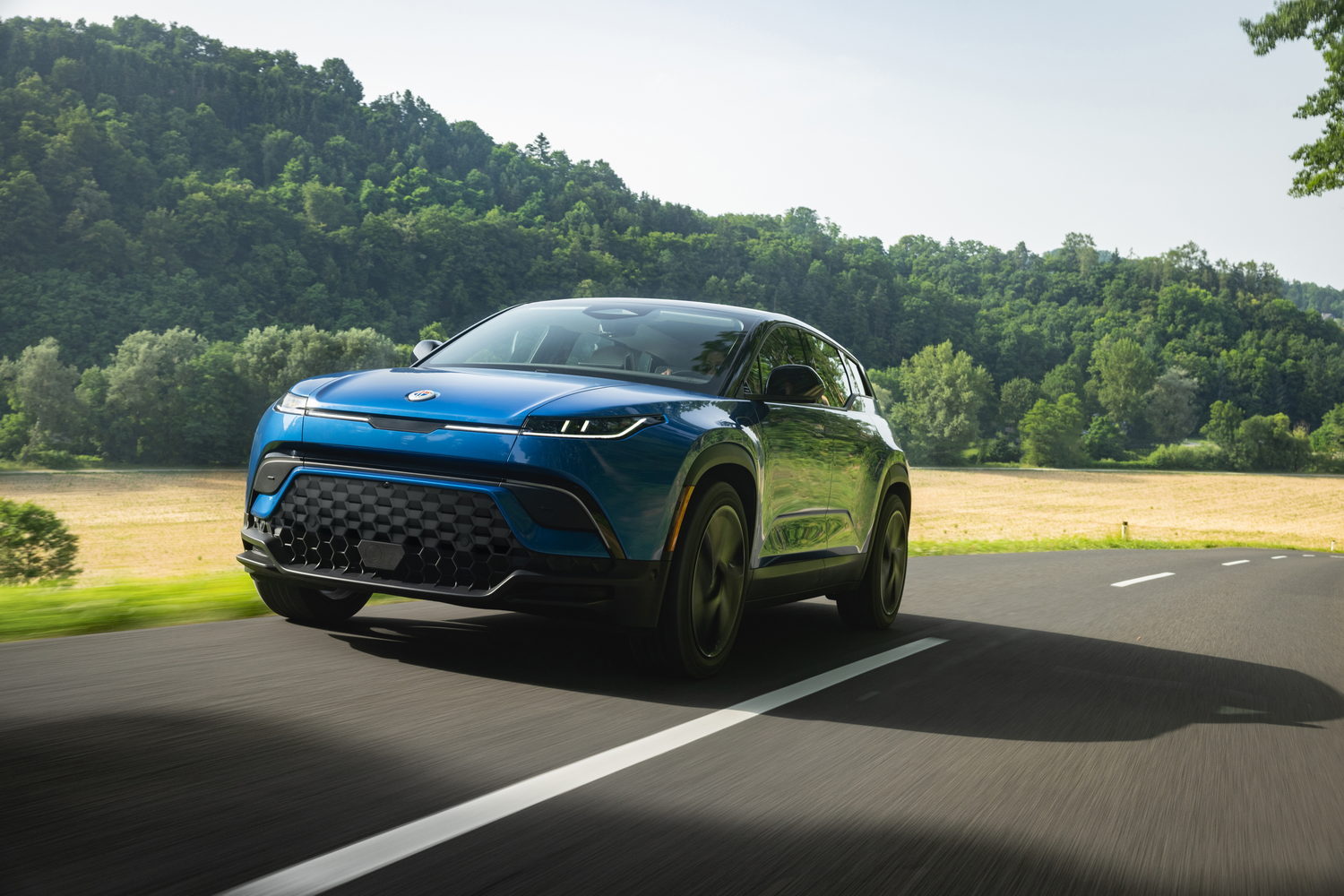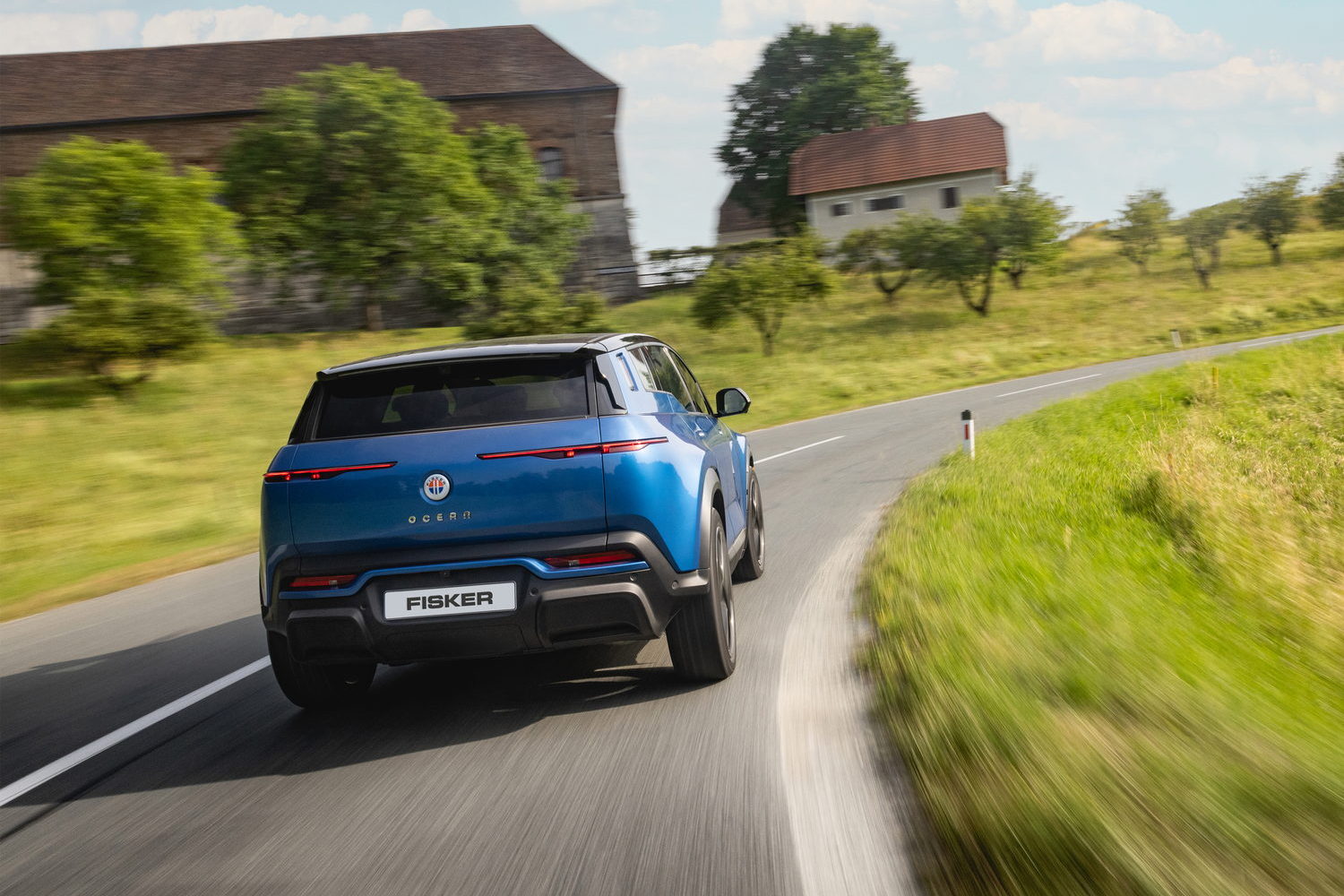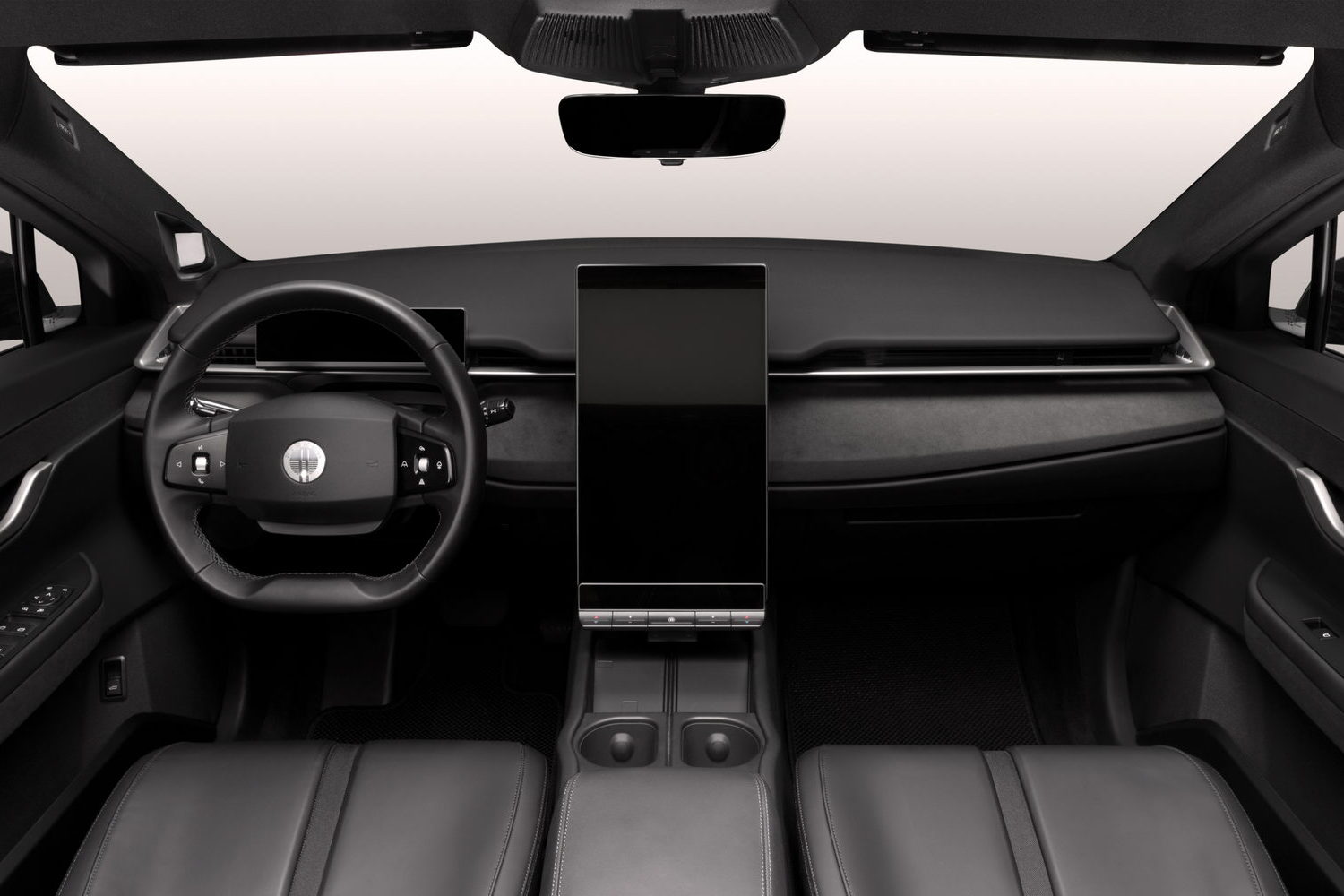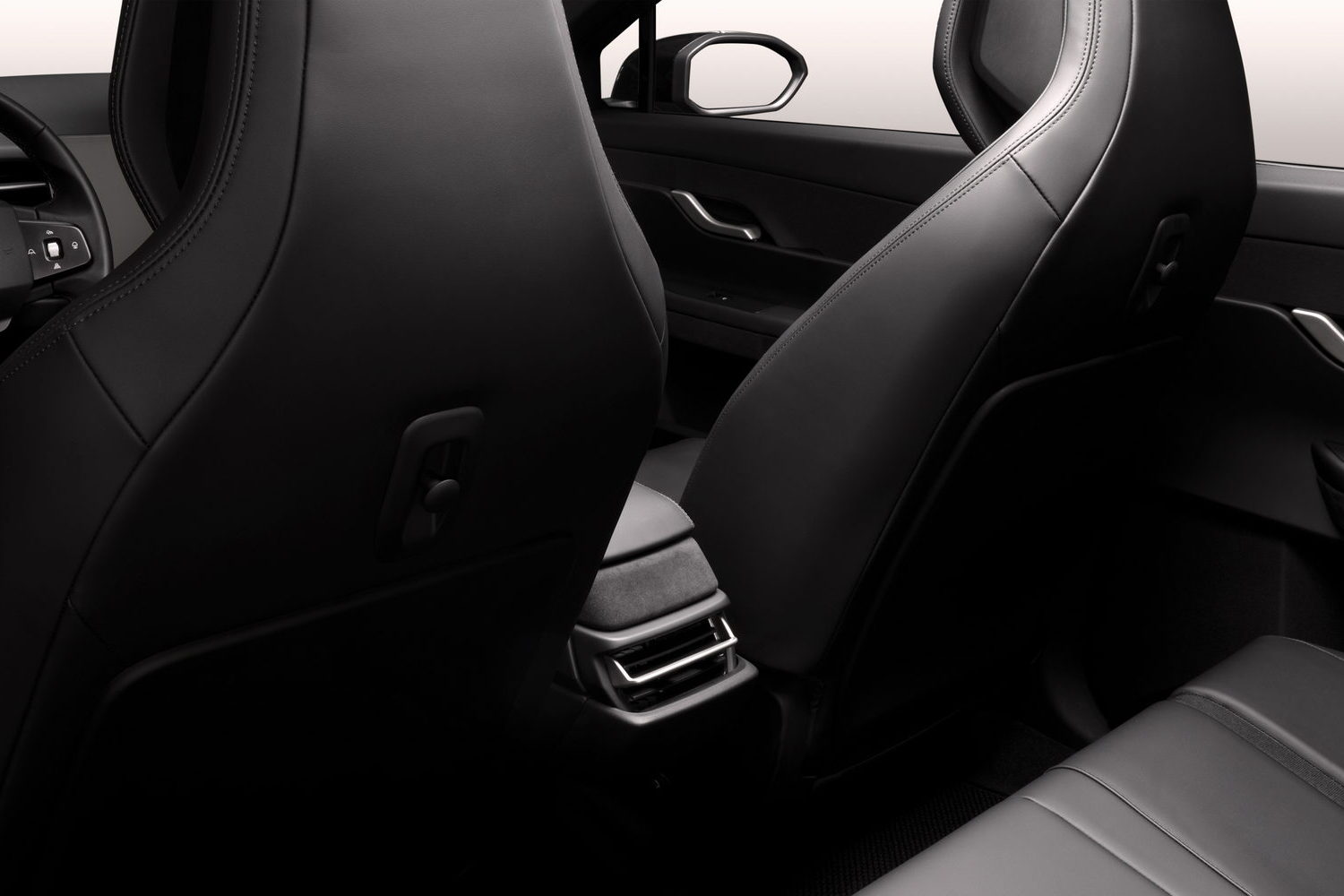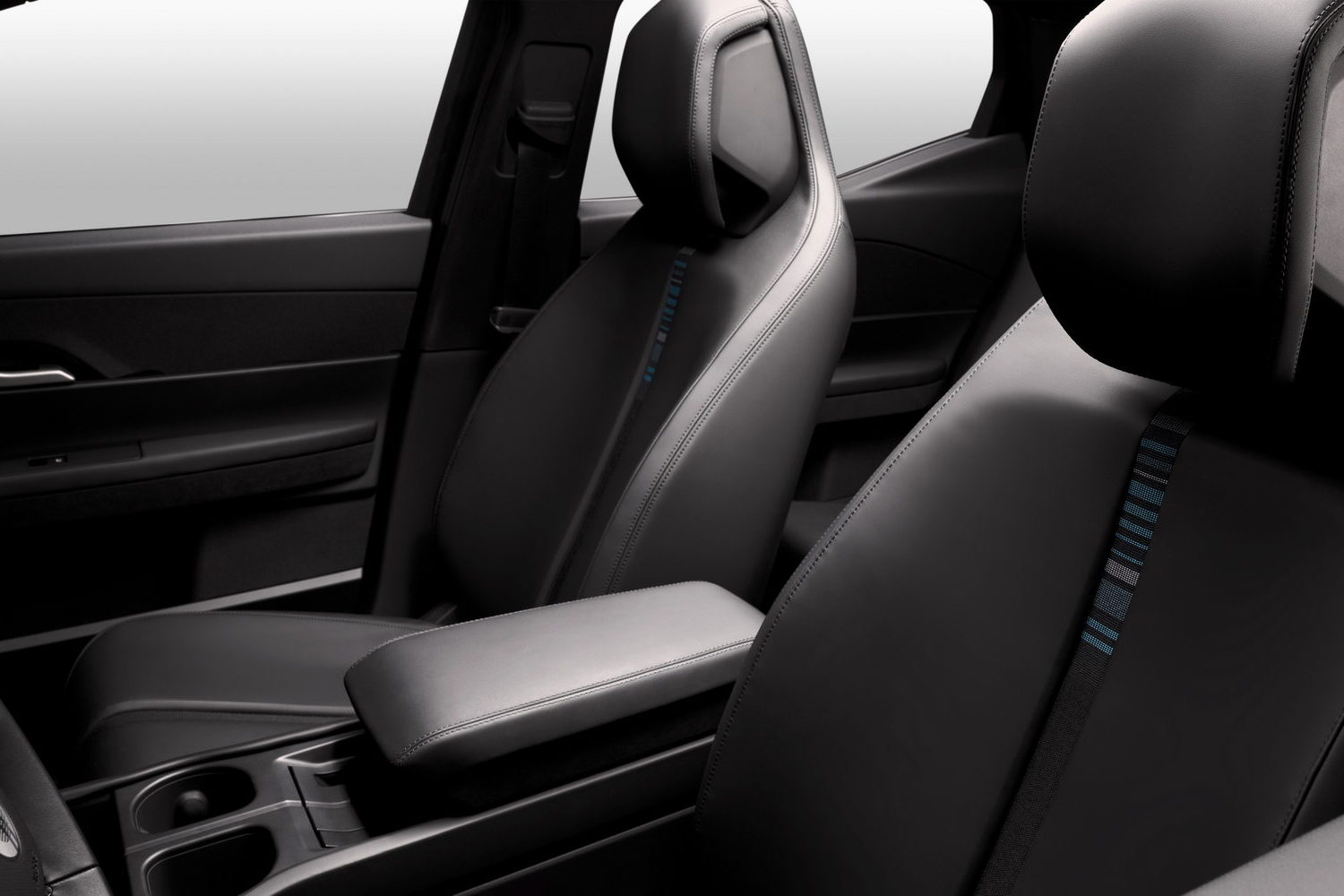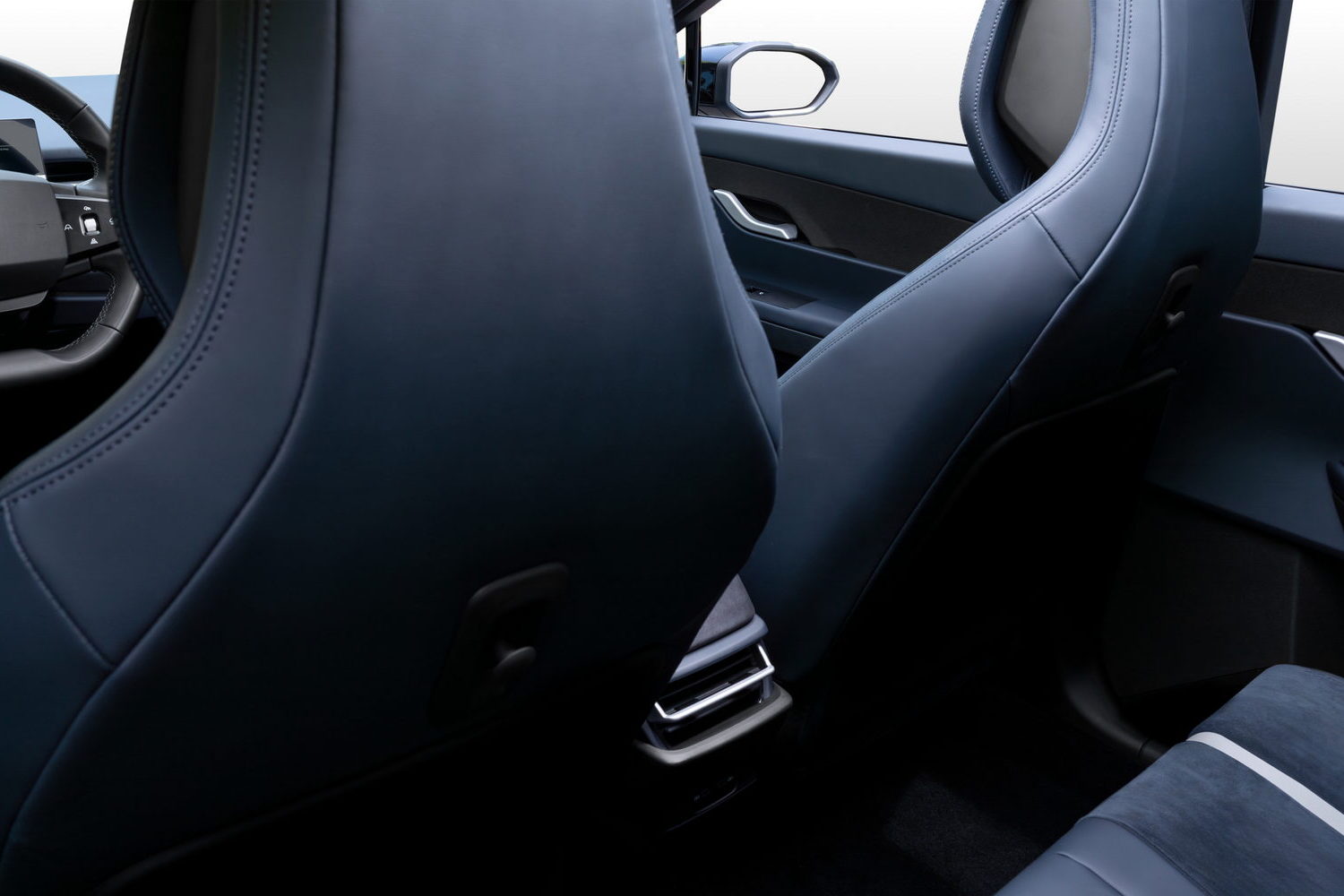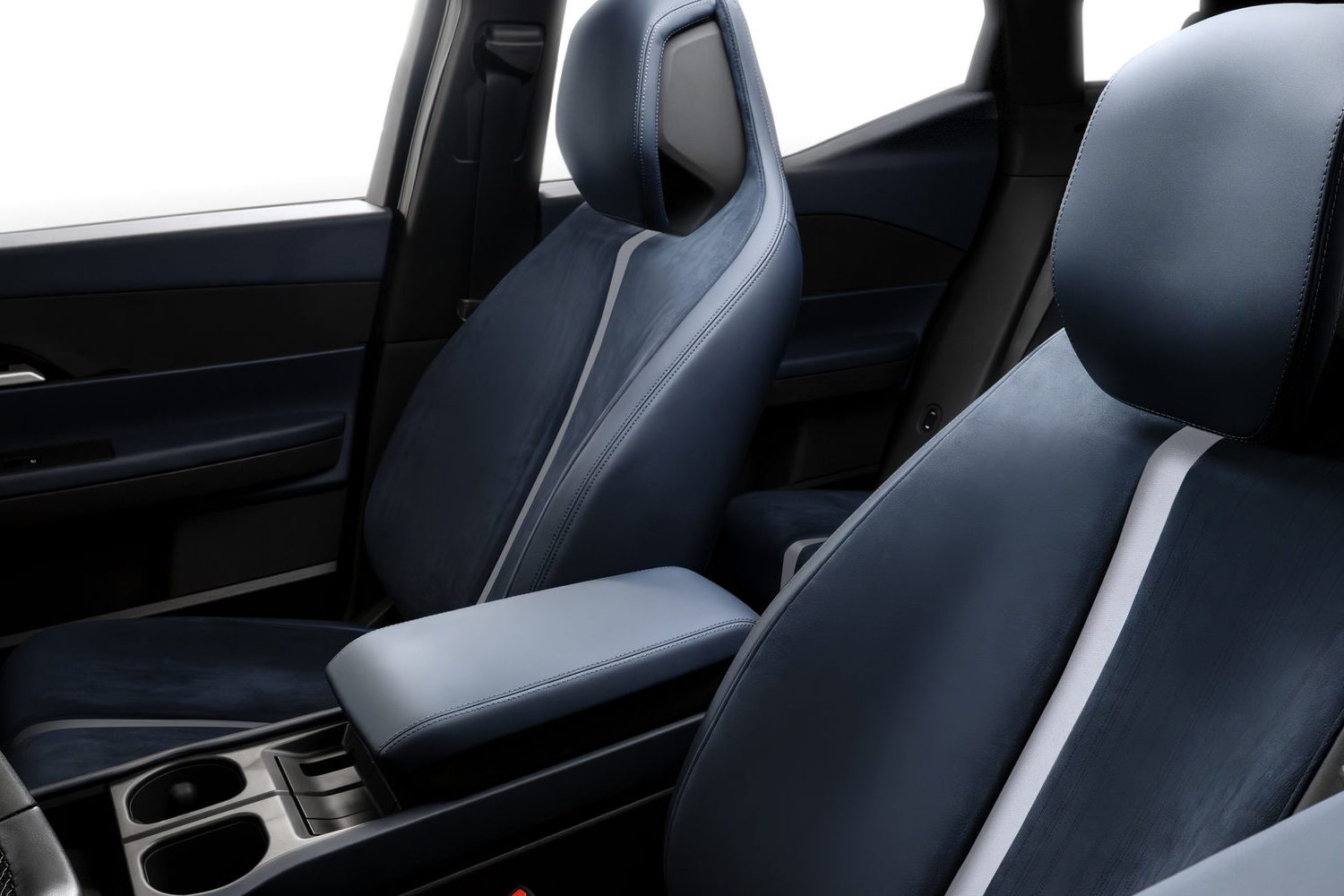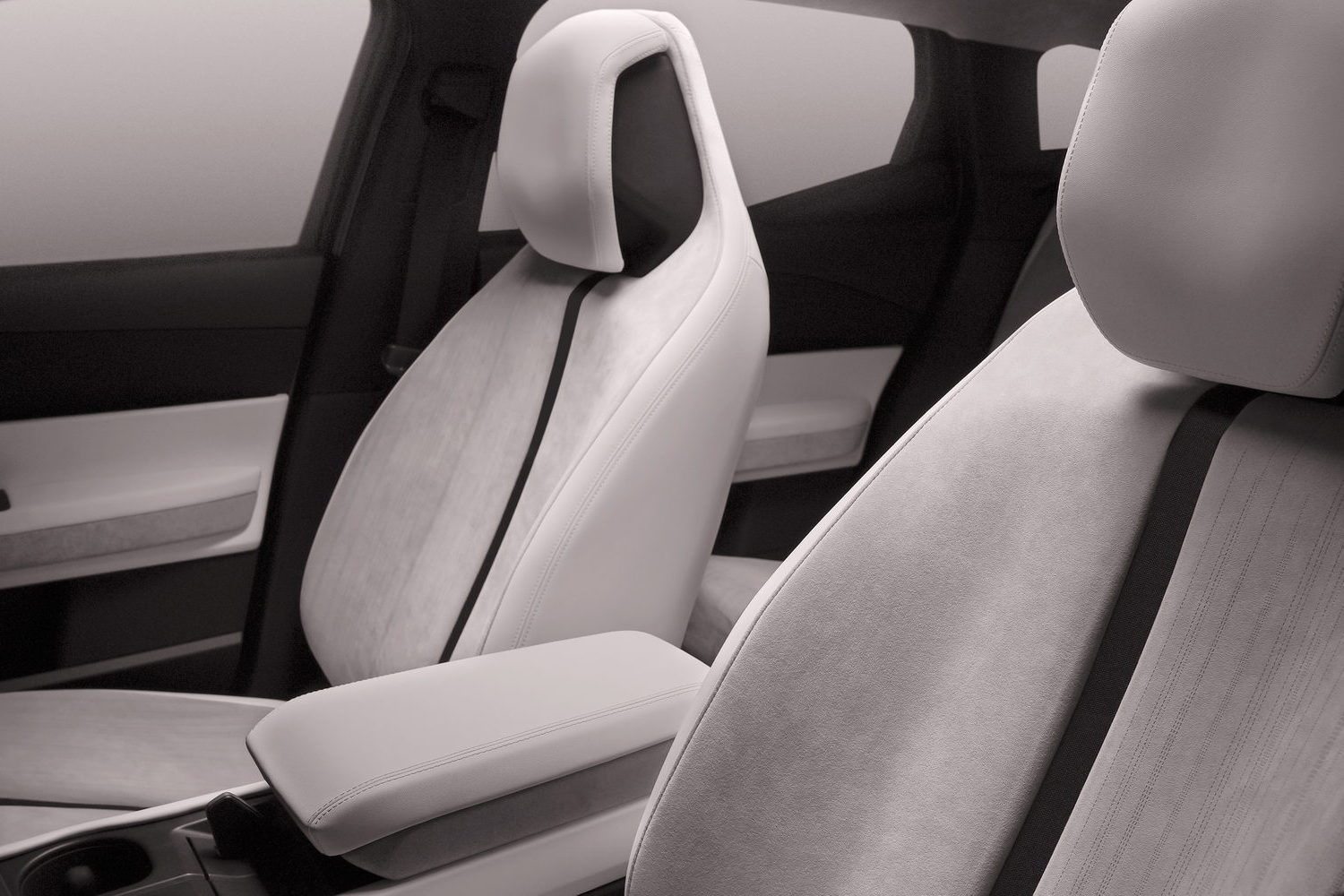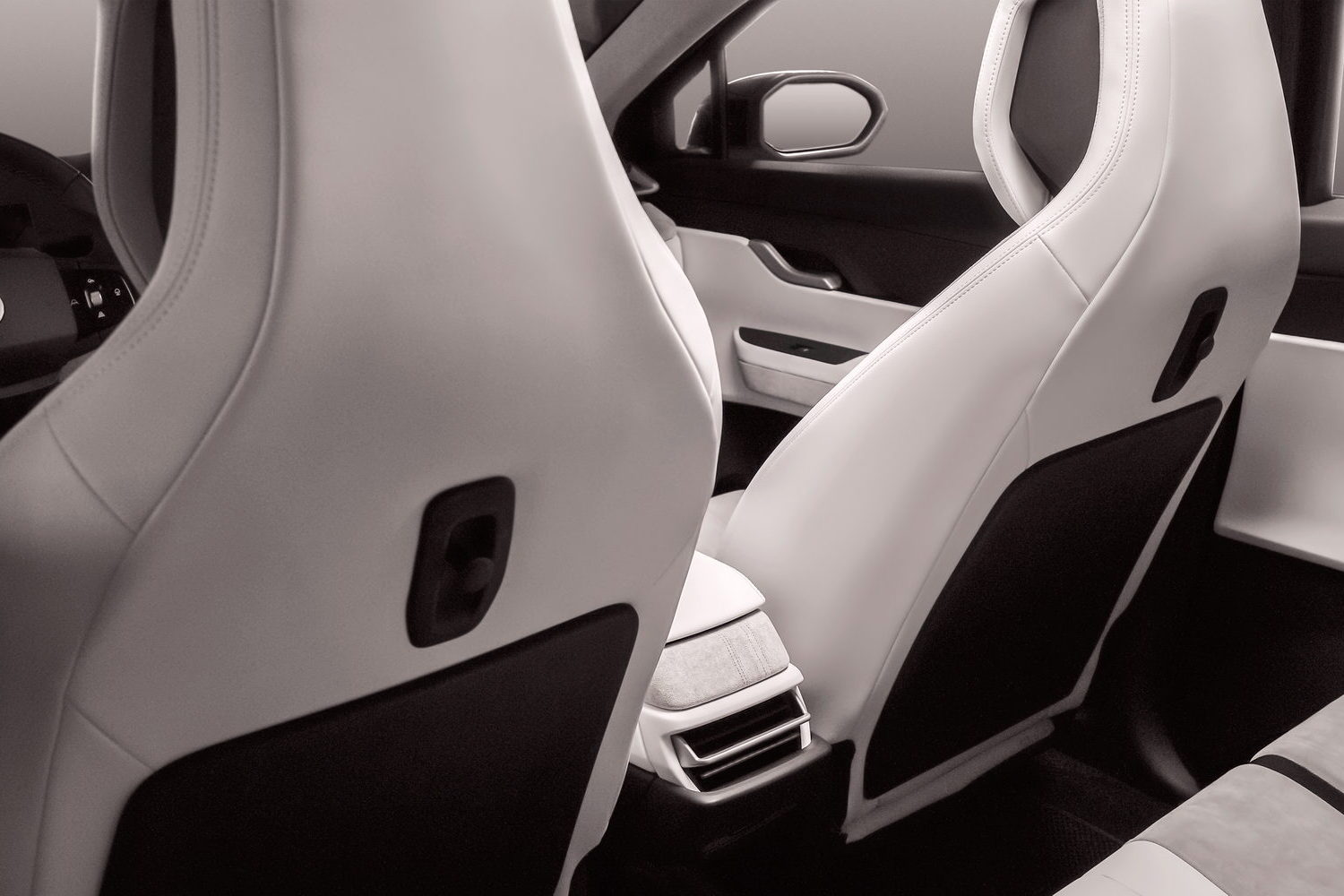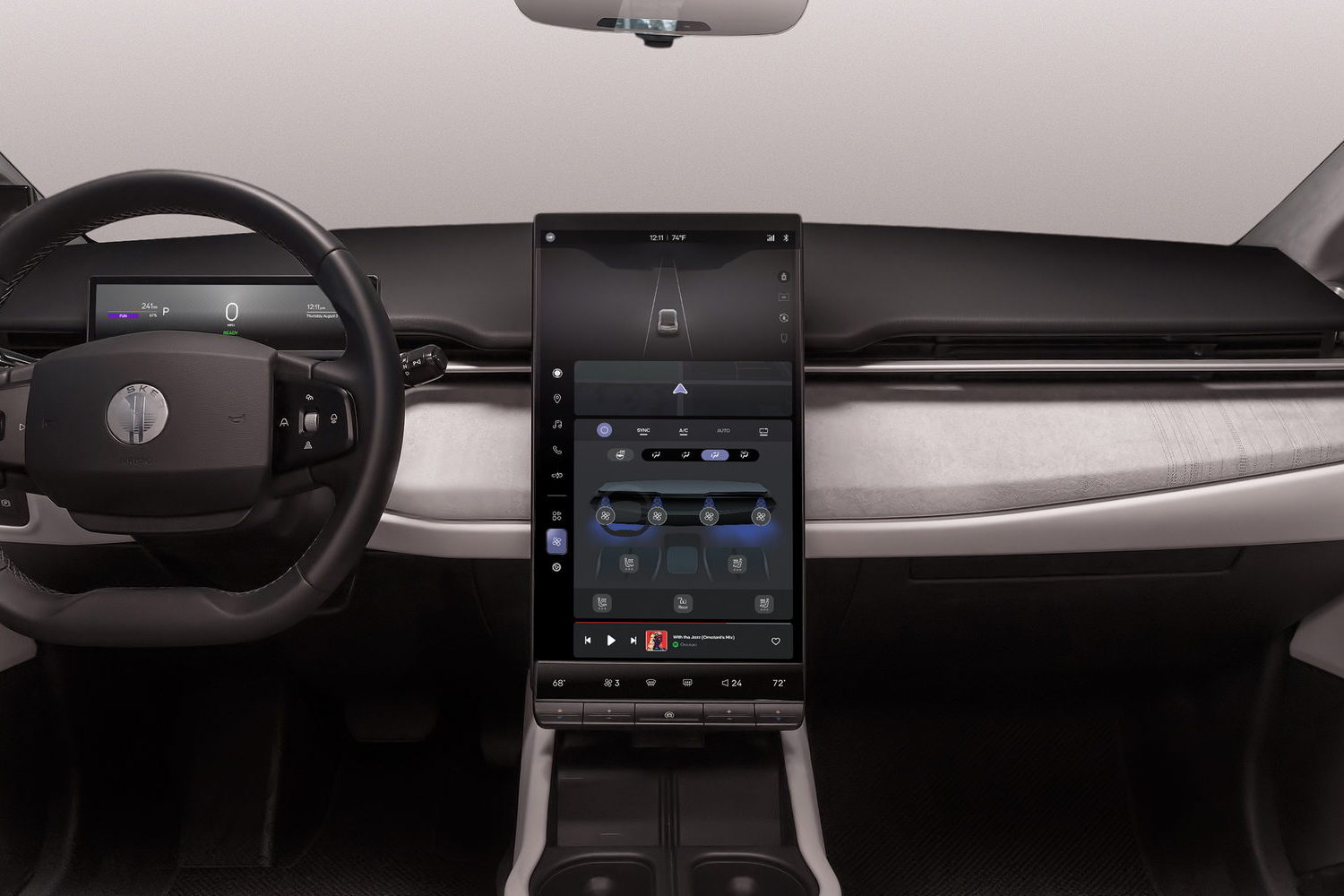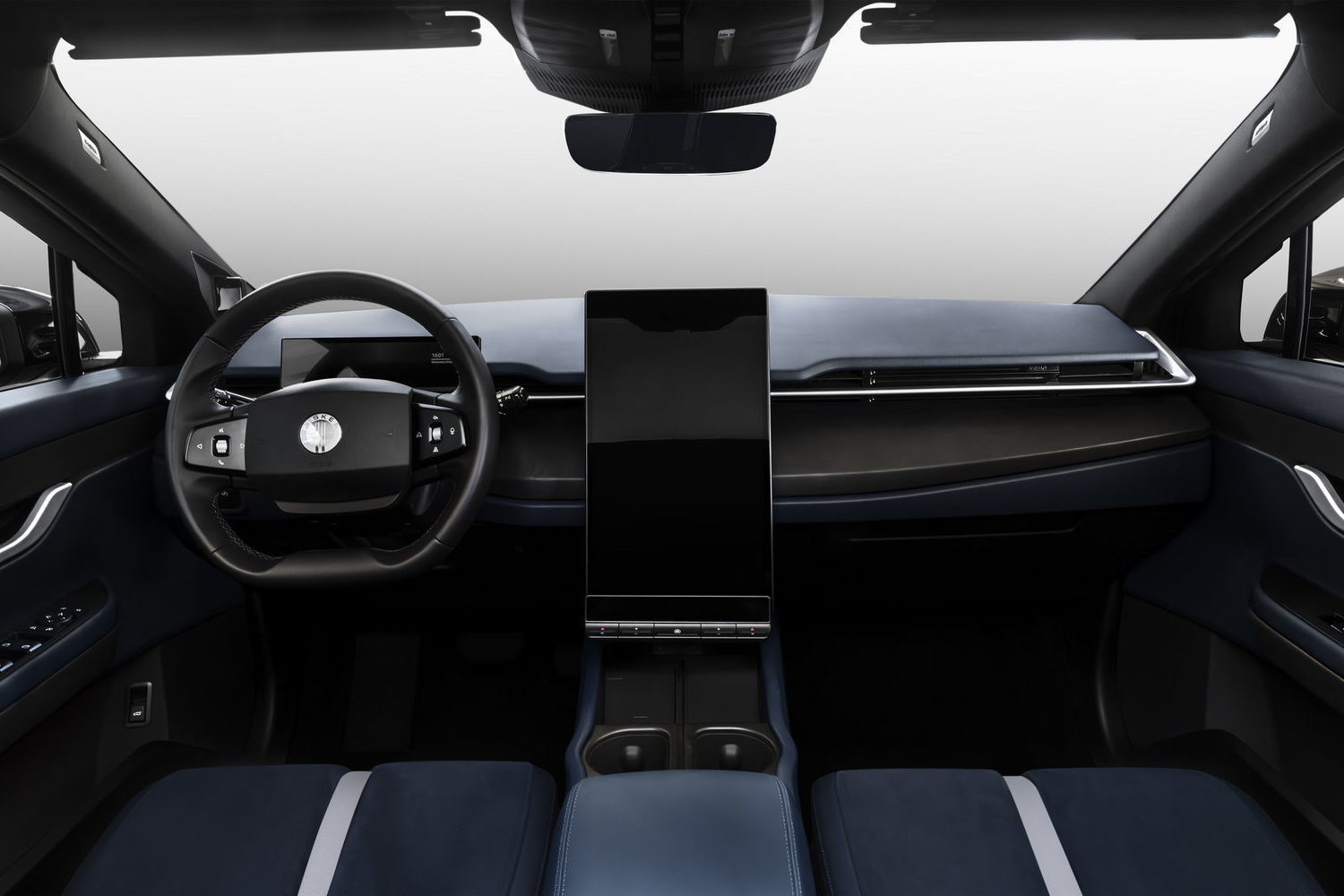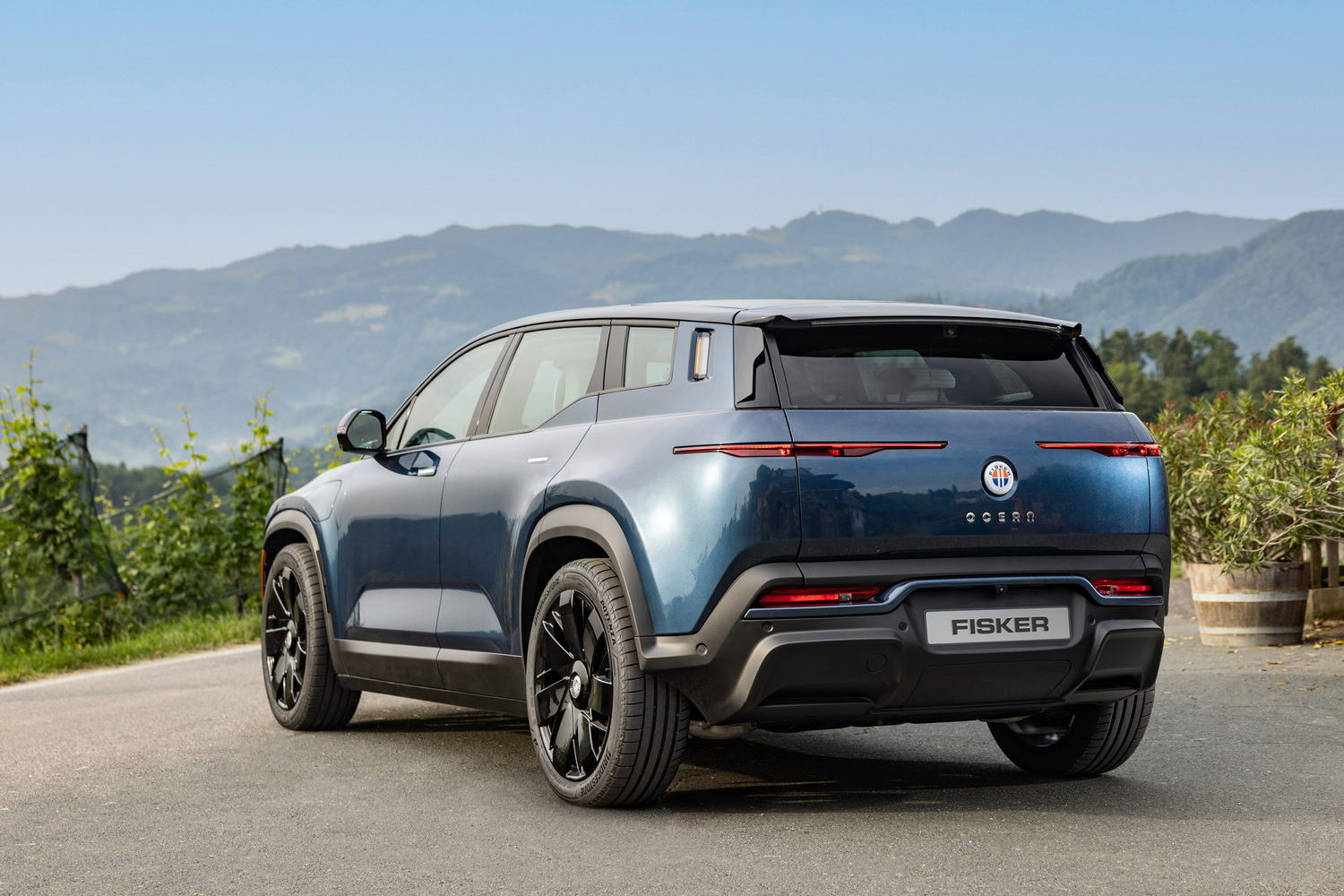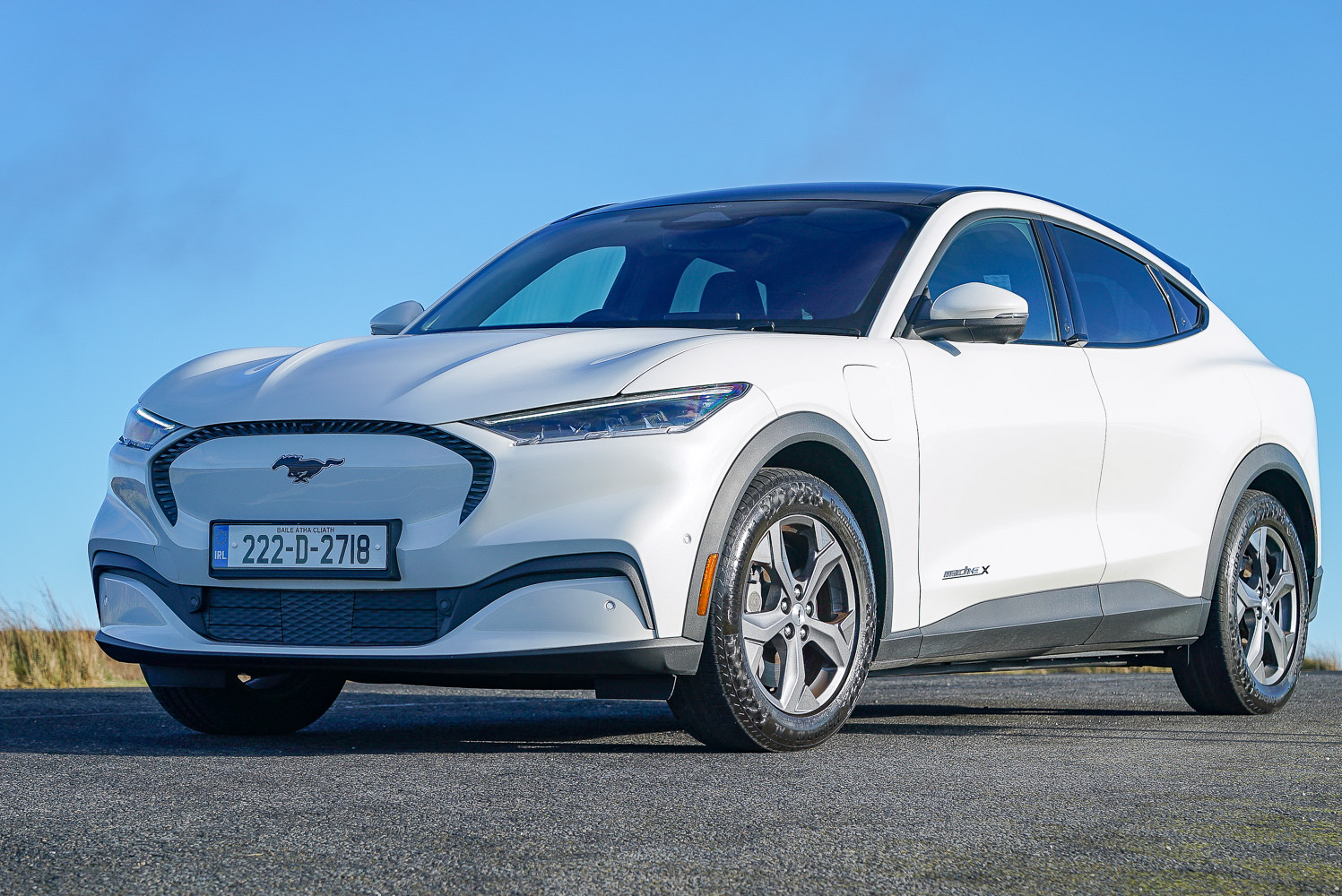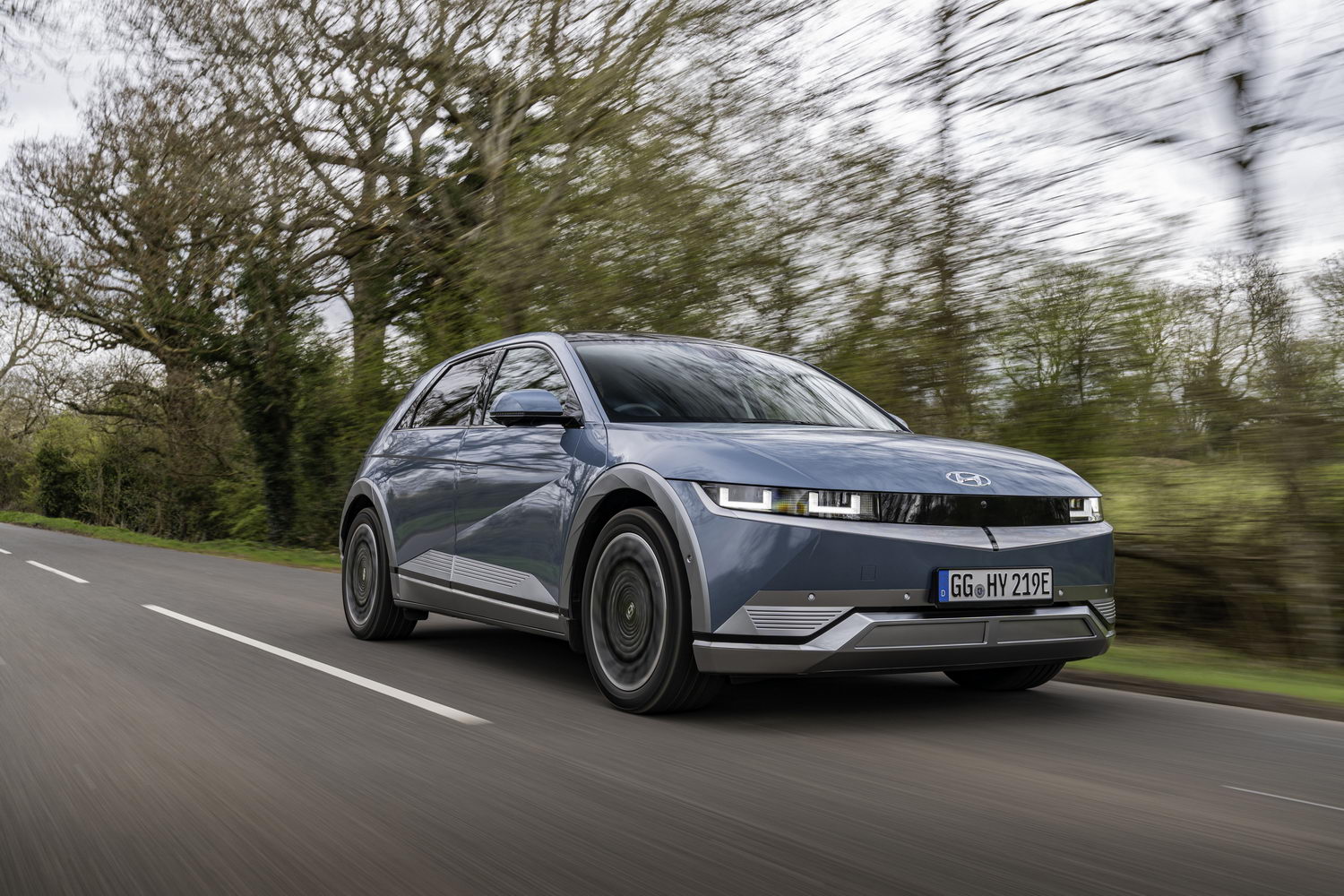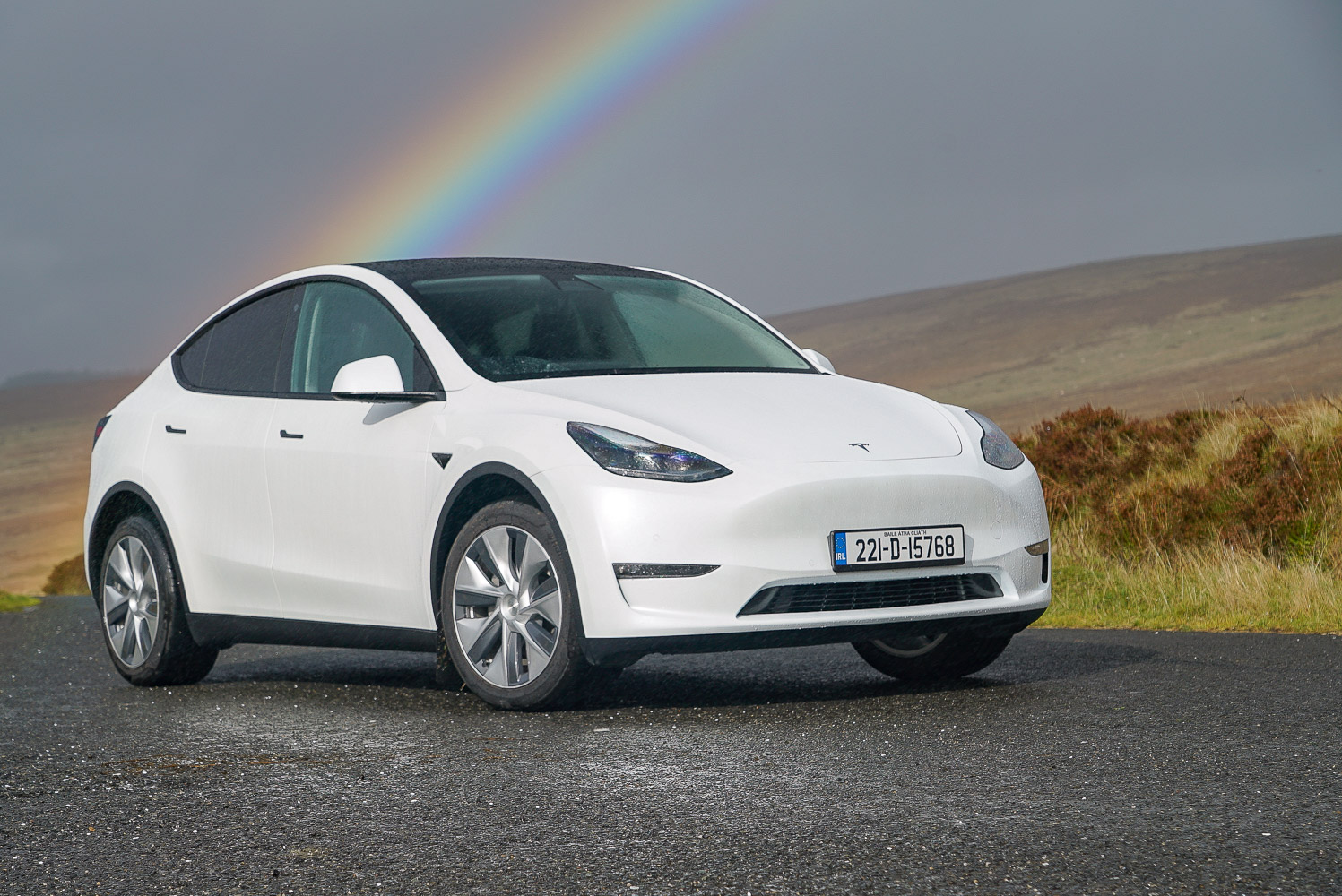There are plenty of new electric models that are coming our way next year and beyond, but while the majority are from established marques or less well-known Chinese newcomers, the Fisker Ocean comes from America, following in the wheel tracks of Tesla.
It's possible that you have heard of Fisker before. Named after car designer Henrik Fisker, this is actually the second car company to bear his name, the first one producing the rakish Karma plug-in hybrid saloon a decade ago. This time around, the new company's first car is the all-electric Ocean SUV, and we got a chance to test drive one in California, as part of judging for the 2024 World Car Awards.
It's still to be confirmed whether the Fisker Ocean will arrive on these shores, but considering it's assembled by Magna Steyr in Austria, is homologated for other EU countries and is also available in right-hand drive in the UK, then there's a good chance it'll end up in Ireland. Either way, it's up against some of the best electric cars for sale in any class. Main rivals include the big-selling Tesla Model Y, the Ford Mustang Mach-E and the Hyundai Ioniq 5, not to mention the Volvo XC40/C40 duo, the BMW iX3 and Mercedes EQB.
In the metal
Measuring 4,775mm long and 2,122mm wide (including mirrors) the Fisker Ocean takes up as much space as a Tesla Model Y on the road. That means it's on the compact size for a US model, but could feel large on narrower back roads. While it's similar in size to a Tesla, the Ocean's design is about as far removed from the blob-like Model Y as it's possible to get. The proportions are similar to those of the Renault Megane E-Tech Electric, with a narrow window line making it seem more compact than it really is, while it's clear that a designer has taken the lead when it comes to the car's looks, because there are lots of neat details and aesthetically pleasing highlights.
The Ocean One is the launch edition model, and all of these come in a striking matt blue colour with lots of black detailing, including the wheels. The design is called SlipStream, and the 22-inch rims feature an aerodynamic tri-spoke layout with carbon 'flakes' featuring on the arms.
There's a typical five-door SUV layout inside, but 'California' mode offers open-air motoring. Press a button, and not only do all of the windows open, but the ones on either side of the boot (what Fisker calls the 'Doggie' windows) and in the tailgate all drop, too, creating an open-air feeling that's pretty unique these days. It's a novel party trick, but one that's only really going to be of use often if you live somewhere like California.
Climb aboard, and the Fisker Ocean delivers more design-led highlights, including the vast 17.1-inch portrait touchscreen. This has a clear display and a user-friendly interface, while there's the added bonus of physical climate controls at its base. And unlike a Tesla, the Fisker Ocean has a slim driver's display, too, so you're not reliant on using the big central screen for vehicle information. The main screen on top-spec models can rotate through 90 degrees to horizontal so you can watch movies, although unlike the rotating screen in the BYD cars, it's only possible to do this while parked, as the screen returns to portrait mode when driving.
The tech is impressive, but the build quality of our test car was a bit questionable, with the switches beneath the main screen feeling brittle to use, for example. Fisker makes a big deal about its use of sustainable and recycled materials throughout the car and while that's to be commended, the fixtures and fittings weren't to a standard that we'd expect from Mercedes or Volvo, for example. That doesn't have anything to do with their recycled roots, but is noticeable in a car at this price point.
There's good space inside for five, including across the rear bench, and if you fold the middle seatback down to use the armrest in the Ocean One, you'll find a touchscreen control panel which Fisker calls 'Limo Mode'. This allows rear-seat passengers to adjust the cabin temperature and media volume, while another control reclines the rear seat electrically, further boosting comfort.
Boot space is fine, but not particularly outstanding. There's a 40:20:40 split, so you have cargo options, but a capacity of 476 litres in five-seat mode isn't going to blow many rivals away. And unlike a Model Y, for example, Fisker hasn't equipped the Ocean with 'frunk' storage under the bonnet, so you'll have to carry charging cables in the boot with your luggage.
Driving it
The headline power, torque and acceleration figures suggest that the Ocean will be a serious performance car, and it's certainly quick in a straight line. It's composed and comfortable on the motorway too, yet feels stable and controlled when you reach your first set of corners.
The steering is very direct (almost too sensitive in its setup), so the Ocean certainly feels agile at lower speeds, but increase the pace and the car's kerb weight of nearly 2.5 tonnes hampers any driving engagement. There's a tendency towards understeer in every environment, and while there's a twin-motor set-up, there's no additional urge from the rear-mounted unit to push the car along. The light steering does help to hide the Ocean's hefty weight, but while there are different driving modes called Earth (the equivalent of eco), Fun (standard) and Hyper (sporty), and they adjust the car's responses, there's still an overall feeling of the Ocean being neutral with a bias towards understeer in its handling.
Since it's a modern electric SUV, there's plenty of driver-assistance tech on board the Fisker Ocean. Intelligent Pilot features 360-degree cameras, lane and speed assist, blind-spot warning, automatic emergency braking, traffic sign and traffic light recognition, park assist and tiredness warning from launch, while over-the-air updates are set to upgrade the functionality of the system over time.
Other systems that are due to be added include evasive steering assist, front and rear cross traffic alert, semi-autonomous cruise control that will add lane centring, changing and traffic jam driving. There will also be automatic parking, with the Ocean able to find and park in multi-storey or kerbside bays without any input from the driver - depending on local legislation, obviously.
As is the case with some of the Ocean's rivals, this electronic assistance is all a little too keen to intervene during regular driving.
What you get for your money
While the Fisker Ocean has still to be confirmed for Ireland, it's already on sale in selected markets, including the USA, Denmark, Norway and France. It's also available in the UK, where the price for the launch edition Ocean One put it in the same ballpark as premium small electric SUVs such as the Volvo XC40 and C40, BMW iX3 and Ford Mustang Mach-E, but that also means it's slightly pricier than the Tesla Model Y.
Once the launch cars have been sold, the line-up will comprise of Sport, Ultra and Extreme specs, with the latter being almost like-for-like with the Ocean One. Mechanical differences between the models include a smaller lithium-Ion phosphate battery and single motor, front-wheel drive set-up for the Sport model that offers a range of 610km, while the Ultra and Extreme/One cars get a longer range of up to 707km and four-wheel drive from a dual-motor set-up.
All cars feature over-the-air updates, 20-inch wheels, black cabin trim made from recycled materials, LED lights all round, a powered tailgate, digital rear-view mirror and that vast 17.1-inch portrait touchscreen, while Sport trim comes with a fixed panoramic roof, two-zone climate control, a Harman sound system, electric front seat adjustment and four USB ports.
The Ultra adds an opening panoramic roof, the 'California' opening windows system, driver memory settings, navigation, an uprated stereo and optional colourways for the eco-friendly cabin materials, while the Extreme adds the climate controls in the back, four heated seats and steering wheel, a solar attenuating roof, plus some other creature comforts.
Summary
Based on the way it looks and its straight-line performance, the Fisker Ocean could do well on these shores, especially if it's priced at the same level as it is in other markets. As a starting point for the brand, it's a good one, although we hope that the build quality issues that we found in the car that we drove will have been ironed out by the time Fisker decides to grace Ireland with its presence.
Beyond the Ocean, Fisker already has the budget-conscious Pear small electric hatchback lined up for its next launch in 2024, while the Ronin electric sports car and Alaska electric pick-up truck are on the schedule for 2025, proving that Fisker wants to be a serious global contender in the new-car market.

